The Mirror of My Heart Read online
Page 2
Kasra is a corruption of “Khosrow” and refers to the pre-Islamic king Khosrow I, also known as Anushirvan (“Of Immortal Soul”), who ruled Iran from 531 to 579 ce, and was one of the most successful of the pre-Islamic kings, to the extent that his reign was remembered as a golden age of justice and prosperity. Rabe’eh has made specific the suggestion of pre-Islamic Iran, implied by the lines on wine, by alluding to what was in folk memory the country’s most splendid imperial moment. That it is the imperial aspect of his reign that is emphasized is indicated by the reference to the gold and silver of his crown, to which the color of the garden’s narcissi is compared. Two related tropes common to Persian verse are present here: one is the lost glory of Iran’s imperial past; and the other is that all glory is fleeting, that dynasties die and the sites of their splendor return to nature.
The last two lines bring the poem back to the present, but not to the immediate circumstances of Rabe’eh’s daily life, which will of course have been Moslem; by referring to Christian nuns, the poem ends by evoking another non-Islamic religion. She is referring to something that is known to her but absent from her own life’s immediate Moslem circumstances, something which she would not have experienced directly, just as she would not have known the Zoroastrian glories of Kasra’s reign; the poem ends by reaching out to two “exotic” realities, one from the past and one from another religious community, that are nevertheless imaginatively present for the poet. And we can say that, if the poem is by Rabe’eh, it also ends with what looks like an approving, or at least certainly not disapproving and perhaps affectionate, smile for her non-Moslem sisters. If the poem is by Rabe’eh, that is, because the last thing it shares with many other short Persian poems is that it has been mistakenly attributed to at least two other poets of the early medieval period, Rudaki and Suzani-ye Samarqandi. Different manuscripts attribute a large number of short Persian poems to different authors and the authorship of many poems, particularly from the earliest periods, remains doubtful; in this case, though, the scholarly consensus is that the poem is by Rabe’eh.
And so, packed into one short poem, we have: spring, a garden, the breeze at dawn, the most valued medieval perfume (musk), an evocation of a distant land (Tibet), wonder at an ideally beautiful situation, a reference to a tragic Arab love story, blood-red tears, non-judgmental references to two non-Islamic faiths (Manicheism and Christianity) and the evocation of a third (Zoroastrianism), a reference to a glorious pre-Islamic Persian king, the admonition to drink wine, and a kind of flippant contempt for those who would frown on this. The poem is superficially a simple celebration of the coming of spring, and this is a perfectly legitimate way to read it, but it is implicitly and deliberately entangled in a complicated mesh of cultural references that would be obvious to its original audience and to later readers from the same culture but which can be elusive for a reader from another cultural tradition. All of these poetic strategies, tropes, and metaphors constantly recur in Persian poetry as it was written for a thousand years subsequent to Rabe’eh’s poem.
The Medieval Period
Persian poetry begins in the tenth century and, as we have seen, Rabe’eh was one of its earliest practitioners. Iran had been conquered by an Arab invasion that brought the then new religion of Islam to the country in the seventh century, and the culture of Iran, including its language, was radically transformed by this conquest. Here an analogy with a somewhat similar Western cultural transformation may perhaps be useful. England was conquered in the eleventh century by the Norman French, and French culture, and the French language, dominated the court and virtually every level of society above the peasantry for the next three centuries. In the fourteenth century, Chaucer is one of the first, and certainly the greatest among his contemporaries, of the poets to write in the new form of English, which was an amalgam of Anglo-Saxon and French. Like Rabe’eh’s verse, his too seems to us simple and direct, and in the nineteenth century Chaucer’s verse was sometimes referred to as being written in the “springtime” of British poetry, with all the connotations of newness, freshness, and innocence the word implies. But Chaucer’s verse, like Rabe’eh’s, is immensely sophisticated beneath its beguilingly charming surface, and it is written very consciously in the shadow of the French culture and language, which had been brought by Britain’s conquerors three centuries before; indeed, Chaucer began his career as a poet with a partial translation of the most popular French long poem of the age, Le Roman de la Rose. Both Chaucer and Rabe’eh wrote at a time when a new indigenous literary culture was emerging from the shadow of a linguistic and cultural conquest that had occurred three centuries before their own time. Both are learned poets who paradoxically seem in many ways much more innocent and untutored than their successors, but this “innocence” is built on an urbane awareness of a complex literary culture to which their own poetry is consciously indebted but from which it is providing as it were a literary way out, with the founding of a new indigenous poetry.
Like Chaucer’s, Rabe’eh’s is a simplicity that hides a great deal of learning and sophistication. For example, she is, as far as we know, the first Persian poet to write macaronic verse—that is, verse that is written in two languages, usually in alternating lines; in Rabe’eh’s case the alternating lines are in Arabic and Persian. This implies fluency in Arabic, and what we know of her biography seems relevant here. Her family name indicates an Arab origin at a time when the court language of most Persian princedoms (her father was just such a local prince, in Balkh) was in the process of changing from Arabic to Persian, which means that she was almost certainly bilingual. Her father’s name was K’ab and her own name as it appears in early sources is Rabe’eh bint K’ab; her brother’s name was Hareth. All three names are Arabic, and indeed the family claimed descent from Arab immigrants who had established a petty kingdom centered on Balkh in what is now northern Afghanistan.
Rabe’eh appears at the beginning of the revival of Persian poetry after the “two centuries of silence” (the phrase was coined by the twentieth-century Iranian scholar Abdolhossein Zarrinkub) that ensued after the Arab/Islamic conquest of the seventh century. Referring to English literature in particular but implying literature in general, the eighteenth-century literary historian Thomas Warton pointed out that after a “dark ages” in which learning and literacy are largely lost, at least in their native linguistic form, “writers are chiefly employed in imparting the ideas of other languages into their own.”* In the case of Rabe’eh’s generation, the “other language” in question was obviously Arabic; the great Italian Persianist Alessandro Bausani wrote of this earliest period in the revival of Persian poetry, “We are in the presence of . . . a linguistic Iranization of Arabic conceptual traditions and lyric conventions.”* The language still used to describe Persian poetry confirms its early debt to Arabic: virtually every word descriptive of poetic rhetoric in Persian (meter, rhyme, metaphor, pun, etc.) is Arabic.
Let us consider Rabe’eh’s position: she grows up at a provincial court where we can presume she had access to whatever literary learning was available in her time and place, as is attested by her surviving poems; she is bilingual in Arabic and Persian as her macaronic poems indicate; she lives at a moment when Persian poetry is effecting a rebirth by, as Bausani says, “a linguistic Iranization of Arabic conceptual traditions and lyric conventions”; and given the fact that she uses them, her familiarity with the rules and tropes of Arabic versification can be taken for granted. These circumstances render her almost uniquely able to effect the transfer of Arabic poetic conventions to Persian verse. This suggests that Rabe’eh was not merely a woman who happened to write verse at the moment when Persian poetry was being reborn, but that her role in this revival was crucial and perhaps decisive. Her circumstances and achievement indicate that she was someone whose example made possible the revival of Persian poetry, at least in terms of its major non-Persian model. This is not at all to imply that she was the only person who did this,
but she was certainly in a privileged, influential position and well qualified to contribute to this process. We can see her as an instigator, someone who pointed the way in which Persian verse was to develop, rather than as just one of the small number of Persian poets who happened to be writing at this time, and one who happened to be a woman.
Rabe’eh was a court poet, as were virtually all medieval Persian poets (the exceptions were poets whose main subject was Sufism, although Sufis were sometimes court poets too). But there is a crucial difference between her and almost all of her male counterparts. The men were professional poets, dependent on the largesse of the prince or of the courtiers at the court at which they worked. Rabe’eh was a princess, not a court employee, and as such it’s unlikely that she was paid for her poetry, or if she did receive some kind of emolument or reward for her poems, this wasn’t something she depended on for her livelihood. So she was, in the literal sense, an amateur poet—that is, someone who wrote poetry because she wished to do so, not as a paid profession. Many of the women poets who followed in Rabe’eh’s footsteps, princesses or aristocrats like her, were also “amateur” poets in this sense, members rather than employees of a ruling family. When we do find women poets later on who were employed by noble families, they were virtually never employed as poets; they were usually entertainers of some kind, sometimes courtesans, employed not for their poetry but for other skills and for their personal charms.
Yet it has to be said that although we find women poets writing in Persian in almost every generation from Rabe’eh on, their number is comparatively small when compared with that of their male contemporaries. It is, however, on a par with the relatively small number of women poets to be found in most cultures during the pre-modern period (perhaps the major exceptions are the cultures of medieval China and Japan, both of which produced a goodly number of women poets), and at certain times for particular cultures—such as English literary culture during the Middle Ages—it considerably exceeds that number.
Pre-modern Persian poetry can be broadly divided into three different kinds: long narrative poems, short lyric poems, and epigrams. There are no surviving long narrative poems by women from the pre-modern period; so far as women poets are concerned, we are dealing with lyric poetry and epigrams. Persian lyric poetry developed a very specific set of conventions, some of which presupposed both a male author and a male addressee, and these conventions were also tacitly present in the epigrammatic forms. The ambiguity of Persian personal pronouns—“he” and “she” are the same word in Persian—means that it is almost never wholly clear which gender is being addressed or talked about in a love poem (ghazal), and it seems likely that many lyric poems by men were addressed to women, but the fallback assumption was that such poems were written by a mature male to an adolescent male; that is, as far as poetic convention indicated, women were wholly excluded from the world of lyric poetry. Again, a Western parallel may help to illustrate what is going on when a woman writes within this traditionally male form.
Early medieval Persian poetry is in many ways similar to the early medieval poetry of southern Europe during the same approximate period—that is, the poetry of the troubadours (this is not the place to go into whether the resemblance was more than a coincidence, given the palpable Arabic proximity to, and apparent influence on, both literatures). The approximate lyric equivalent to the ghazal in troubadour poetry was the canso; female troubadours were called trobairitz, and they were, like their female counterparts who wrote in Persian, almost always members of the nobility/aristocracy. The canso was “normally” written by a man to or about a woman, so the particular gender complication (that both poet and addressee were assumed to be male) of the Persian ghazal is absent, but in other respects a female poet writing a canso was in a similar situation to a female Persian poet writing a ghazal. As Linda Paterson has written of the trobairitz:
Conventions are particularly problematic for women composing cansos or love lyrics. The canso form cannot be straightforwardly adapted to a female voice. By placing the woman in a position of dominance, the troubadour canso reverses the gender hierarchy obtaining in real life: the speaking male subject chooses to renounce in fiction the superiority of status he enjoys in fact, as far as gender if not class is concerned. If a woman adopts a submissive position in poetry she conforms to rather than reverses her real situation . . .*
All this is true of women’s love poetry in Persian; the added complication that Persian lyric poetry by men is usually assumed to be addressed to a male adolescent does not change the reversal of power dynamics involved, since in a ghazal these male adolescents are conceived of as playing the conventionally female role in a relationship—that is, they are the recipients of admiration, affection, and sexual advances, rather than their initiator. The result is that, when a woman writes a ghazal, she is assuming what is traditionally a man’s role; however, as that fictive man she renounces the culturally expected role of male dominance and assumes the woman’s role of supplication and inferiority; she is a woman pretending to be a man who pretends to adopt what was traditionally the female role of subservience (we find a somewhat parallel situation in Shakespearean comedy, when boy actors pretended to be women who pretended to be boys). Linda Paterson also writes that “some scholars have identified elements of a female rhetoric in trobairitz poetry relating to particularly intense feelings of frustration and deprivation, and a particular concern with real relationships with members of the other sex.”*
This too seems to be true of certain Persian women poets; even though it is foolhardy to try to extract biographical detail from what are largely conventional poems, love poems by Persian women can often seem more rooted in real circumstances than do the ghazals of many male poets. The vividness and intensity of feeling in some of the love poems of Jahan Malek Khatun (c.1324–c.1382), for example, can at times seem to indicate something deeper and stronger than the largely conventional emotional gestures to be expected in many ghazals by male poets. The fact that most of the Persian women poets were “amateur” poets (unlike male professional poets, they had no reason to write poems other than their own individual inclination to do so) also suggests that much more personal feeling may be expressed in their lyric poetry than seems to be the case in the poetry of many professional (male) poets.
Before we leave the question of gender, and its ambiguity in love poems by women, it is as well to remember the convention behind the “normative” male ghazal, which is that the poem is, all other things being equal, likely to be about a same-sex relationship, imaginary or real. By the same token, there is nothing to prevent a woman’s ghazals from also being about a same-sex relationship, and given the relatively restricted social life of most Persian-speaking women in the pre-modern period, it seems more than possible that some if not many of the love poems collected in this anthology were written not only by women but also to women (as Sunil Sharma has pointed out,* one obvious candidate is the little poem addressed to “Arezu”—an exclusively female name—by the fifteenth-century poet Zaifi Samarqandi, on this page).*
The most prolific women poets writing in Persian during the period before 1500, or at least those from whom most poems have survived, are Mahsati (c.1089–1159), Jahan Khatun (c.1324–c.1382), and Mehri (fourteenth/fifteenth century). It is significant that all three of these women were associated with courts whose rulers were descended from central Asian conquerors who had either adopted Islam relatively recently, or only adopted it once they had settled in Iran. Between the eleventh and fifteenth centuries, Iran was overrun first by the Seljuk Turks, then the Mongols under Genghis Khan, and then the Timurids under Timur the Lame (Tamburlaine). All of these peoples were originally nomadic tribes who descended on Iran from the steppes of central Asia, and for the first generations of their rule in Iran they retained much of their central Asian nomadic culture. Gender roles in nomadic cultures tend to be much less strongly demarcated than in sedentary cultures, and women’s parti
cipation in many aspects of public life is taken for granted in ways that would seem scandalous in traditional sedentary cultures; when the rulers were of nomadic descent, this was true even in Islamic courts, at which we might have expected the women to be secluded from public life as was then the case in much of the rest of the Islamic world. Nomadic peoples did not balk at being ruled by women, and in the Seljuk era (1037–1157) a number of women actively participated in politics, while Mongol women were involved in virtually all aspects of public life, including religious, economic, and military activities. In particular, the Mongols were used to women wielding political power, and at various times in the thirteenth century the Iranian provinces of Kerman and Fars were both ruled by Mongol princesses. Even when female rule was not so unambiguous, the Mongols often married their daughters to members of the local nobility, and in these mixed marriages the Mongol wife tended to have at least as much authority as her native-born husband, if not more. Although it had begun to diminish somewhat, this tradition of relative gender equality, at least at the upper levels of society, continued under the Timurids (mid fourteenth to late fifteenth century).
Given the openness of these dynasties to women’s participation in court life, it is unsurprising that Mahsati was said to have sought and gained employment as a scribe at the court of the Seljuk king Sanjar (r. 1118–57), that Jahan Khatun, an Inju princess descended from a mixed Mongol-Persian marriage, became well known as a poet in her own lifetime, or that the poet Mehri was an intimate of the Timurid empress Gowhar Shad (who was seen as a virtual co-ruler while her husband was alive and became the empire’s sole ruler after his death in 1447). That the women of the Inju court routinely went unveiled was a mark of their relative social freedom, as was noted by the fourteenth-century traveler Ibn Battuta, who also recounts a revealing anecdote concerning a member of Jahan Khatun’s family. During a palace coup one of Jahan’s female relatives (the mother of Jahan Khatun’s uncle, Abu Es’haq) had been seized by her enemies and was being taken through the bazaar; she tore off the veil in which she had been shrouded by her captors, and appealed for help from the local populace, who immediately recognized her, rallied to her defense, and killed the men who were attempting to abduct her. The fact that she was identified so quickly and so easily indicates that not only did this woman appear at court unveiled, but that she also appeared unveiled in such mundane and potentially disreputable surroundings as the public bazaar. The relative freedom and more or less gender equality of at least aristocratic women in Mongol society was paralleled by the Mongols’ religious tolerance, at least during the first century or so of their conquests; historically they were shamanists, but by the time they embarked on their conquest of Asia many were either Christians (especially women for some reason), Moslems, or Buddhists. The Mongol Great Khans enjoyed having the scholars of different religions debate with one another about the true faith,* and the thirteenth-century historian Matthew Paris recorded that when a Mongol ambassador reached the court of England’s King Edward I in 1287, what most surprised and shocked him was that only one religion was allowed there, even though he himself was a Christian and it was his religion that was the favored one.*

 Finding Tessa
Finding Tessa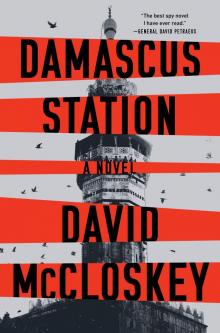 Damascus Station
Damascus Station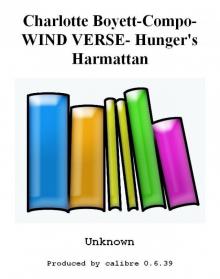 Charlotte Boyett-Compo- WIND VERSE- Hunger's Harmattan
Charlotte Boyett-Compo- WIND VERSE- Hunger's Harmattan ted klein
ted klein Raspberry Tart Terror (Murder in the Mix Book 30)
Raspberry Tart Terror (Murder in the Mix Book 30)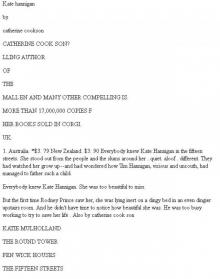 i f6c06dd9cf3fe221
i f6c06dd9cf3fe221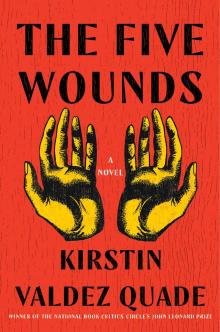 The Five Wounds
The Five Wounds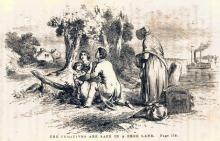 Pictures and Stories from Uncle Tom's Cabin
Pictures and Stories from Uncle Tom's Cabin The Sociology of Harry Potter: 22 Enchanting Essays on the Wizarding World
The Sociology of Harry Potter: 22 Enchanting Essays on the Wizarding World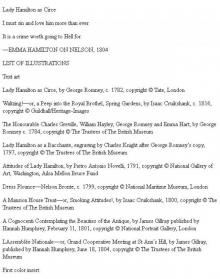 Kate Williams
Kate Williams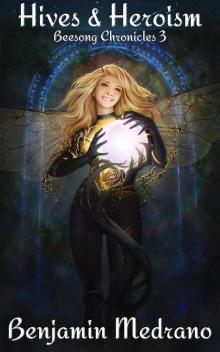 Hives Heroism by Benjamin Medrano (z-lib.org)
Hives Heroism by Benjamin Medrano (z-lib.org) Sutton_Jean_Sutton_Jeff_-_Lord_Of_The_Stars
Sutton_Jean_Sutton_Jeff_-_Lord_Of_The_Stars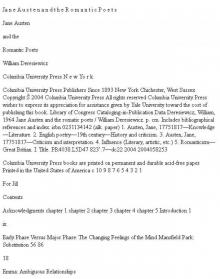 William Deresiewicz
William Deresiewicz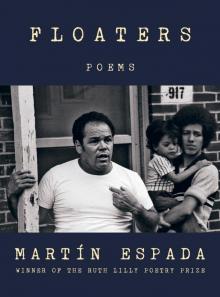 Floaters
Floaters The Dragon Chronicles Solana COMPLETE
The Dragon Chronicles Solana COMPLETE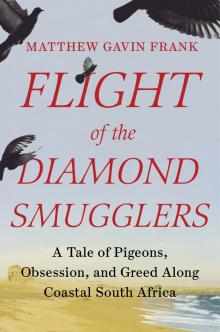 Flight of the Diamond Smugglers
Flight of the Diamond Smugglers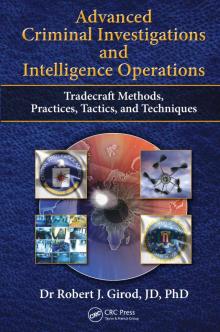 Advanced Criminal Investigations and Intelligence Operations
Advanced Criminal Investigations and Intelligence Operations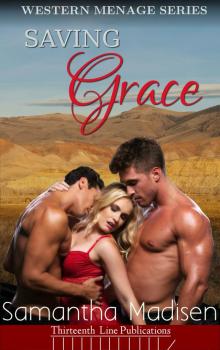 Saving Grace
Saving Grace The Darkest Summer
The Darkest Summer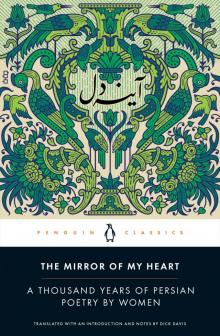 The Mirror of My Heart
The Mirror of My Heart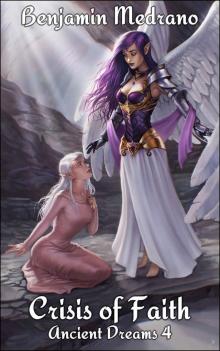 Crisis of Faith by Benjamin Medrano (z-lib.org)
Crisis of Faith by Benjamin Medrano (z-lib.org) Pure Blood: Rise of the Alpha
Pure Blood: Rise of the Alpha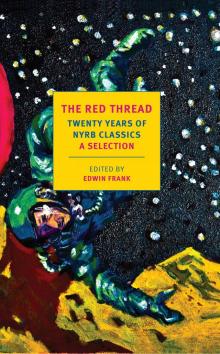 The Red Thread
The Red Thread Jane Feather - Charade
Jane Feather - Charade The Shut Mouth Society (The Best Thrillers Book 1)
The Shut Mouth Society (The Best Thrillers Book 1) Fork It Over The Intrepid Adventures of a Professional Eater-Mantesh
Fork It Over The Intrepid Adventures of a Professional Eater-Mantesh Wild, Hungry Hearts
Wild, Hungry Hearts Majestic
Majestic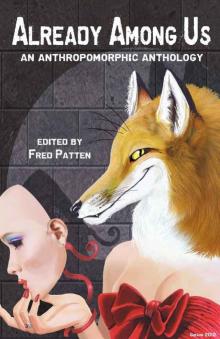 Already Among Us
Already Among Us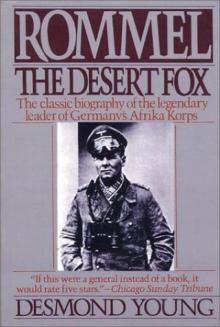 Desmond Young - Rommel, The Desert Fox
Desmond Young - Rommel, The Desert Fox Hooked
Hooked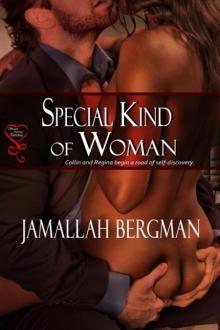 9781618853158SpecialKindofWomanBergman
9781618853158SpecialKindofWomanBergman Nate (A Texas Jacks Novel)
Nate (A Texas Jacks Novel)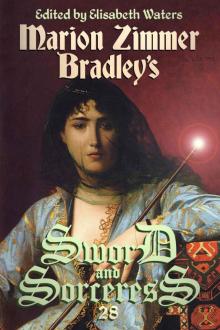 Sword and Sorceress 28
Sword and Sorceress 28 Moon Tiger
Moon Tiger The Hailey Young Diaries - 7 Years, 7 Real Stories - (3 of 7 adding wkly): Real stories from the past 7 years, living, loving, and exploring the wild side with a married couple. - One a year
The Hailey Young Diaries - 7 Years, 7 Real Stories - (3 of 7 adding wkly): Real stories from the past 7 years, living, loving, and exploring the wild side with a married couple. - One a year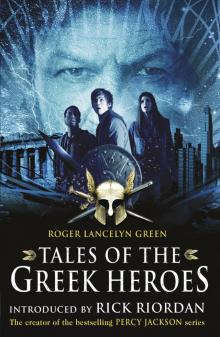 Tales of the Greek Heroes
Tales of the Greek Heroes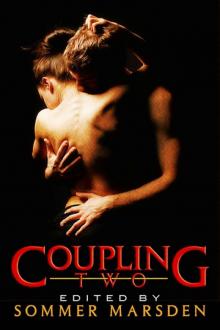 Coupling Two More Filthy Erotica for Couples
Coupling Two More Filthy Erotica for Couples 2012-07-Misery's Mirror
2012-07-Misery's Mirror Fade to Black
Fade to Black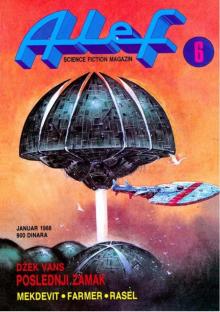 Alef Science Fiction Magazine 006
Alef Science Fiction Magazine 006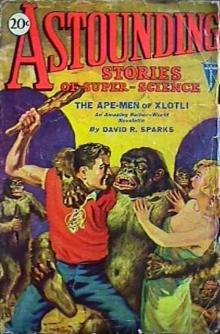 December 1930
December 1930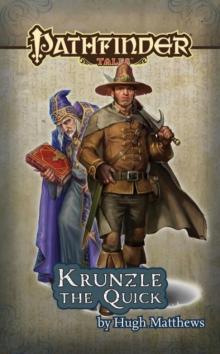 Krunzle the Quick
Krunzle the Quick Don’t tell the Boss
Don’t tell the Boss An Involuntary Spark
An Involuntary Spark Meg Xuemei X - ANGEL’S FURY (THE EMPRESS OF MYSTH #5) | Aug 2016
Meg Xuemei X - ANGEL’S FURY (THE EMPRESS OF MYSTH #5) | Aug 2016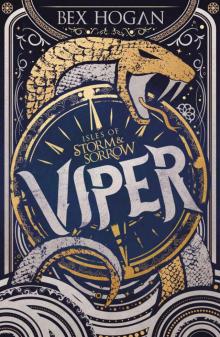 Viper
Viper EFD1: Starship Goodwords (EFD Anthology Series from Carrick Publishing)
EFD1: Starship Goodwords (EFD Anthology Series from Carrick Publishing) bb-139_mother_gets_a_whipping_nathan_silvers_1988
bb-139_mother_gets_a_whipping_nathan_silvers_1988 Frightmares: A Fistful of Flash Fiction Horror
Frightmares: A Fistful of Flash Fiction Horror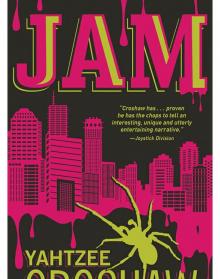 Jam
Jam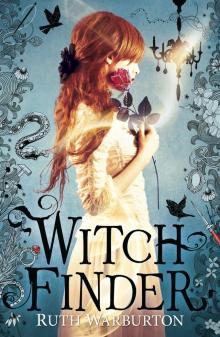 Witch Finder
Witch Finder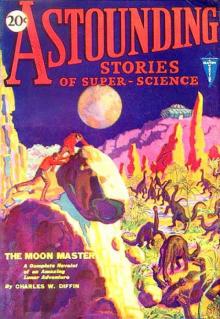 June 1930
June 1930 B01M7O5JG6 EBOK
B01M7O5JG6 EBOK Until There Was You
Until There Was You UrgentCare
UrgentCare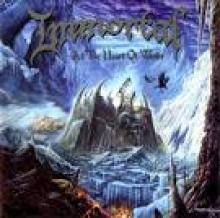 Immortal of My Heart
Immortal of My Heart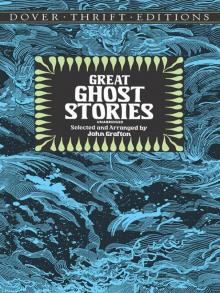 Great Ghost Stories
Great Ghost Stories Joan D Vinge - Lost in Space
Joan D Vinge - Lost in Space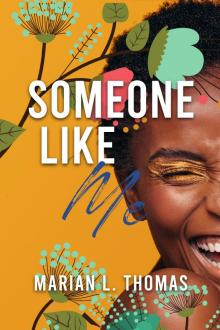 Someone Like Me
Someone Like Me HowToLoseABiker
HowToLoseABiker![[anthology] Darrell Schweitzer (ed) - Cthulhu's Reign Read online](http://i1.bookreadfree.com/i/03/20/anthology_darrell_schweitzer_ed_-_cthulhus_reign_preview.jpg) [anthology] Darrell Schweitzer (ed) - Cthulhu's Reign
[anthology] Darrell Schweitzer (ed) - Cthulhu's Reign Witchin' Stix - Lissa Matthews
Witchin' Stix - Lissa Matthews Plow and Sword
Plow and Sword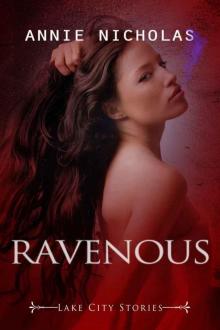 Ravenous (Lake City Stories .5)
Ravenous (Lake City Stories .5)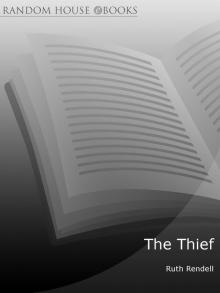 The Thief
The Thief Afterlife-Isabellakruger
Afterlife-Isabellakruger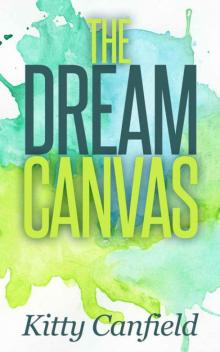 The Dream Canvas
The Dream Canvas Anything She Wants
Anything She Wants eBook Short Story Competition Runners up
eBook Short Story Competition Runners up Escape Velocity: The Anthology
Escape Velocity: The Anthology![[Burnett W R] Round Trip(Book4You) Read online](http://i1.bookreadfree.com/i/03/15/burnett_w_r_round_tripbook4you_preview.jpg) [Burnett W R] Round Trip(Book4You)
[Burnett W R] Round Trip(Book4You) 1-Chloe-Kate-Bella
1-Chloe-Kate-Bella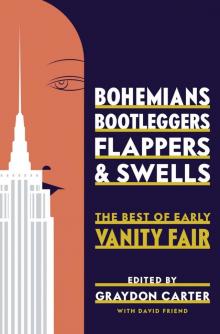 Bohemians, Bootleggers, Flappers, and Swells: The Best of Early Vanity Fair
Bohemians, Bootleggers, Flappers, and Swells: The Best of Early Vanity Fair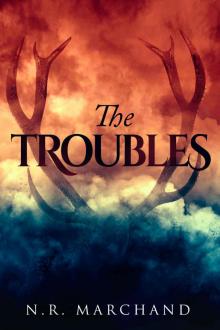 The Troubles
The Troubles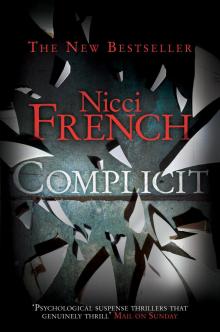 Complicit
Complicit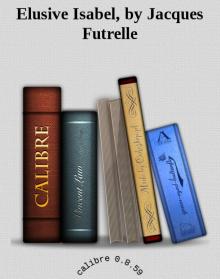 Elusive Isabel, by Jacques Futrelle
Elusive Isabel, by Jacques Futrelle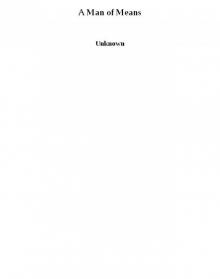 A Man of Means
A Man of Means The_Sword_of_Gideon
The_Sword_of_Gideon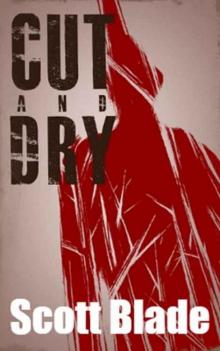 B00IZ66CZ8 EBOK
B00IZ66CZ8 EBOK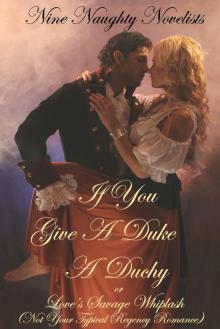 If You Give a Duke a Duchy
If You Give a Duke a Duchy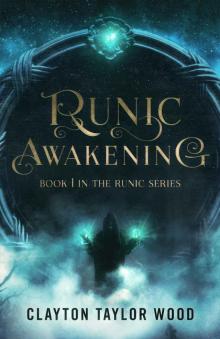 Runic Awakening (The Runic Series Book 1)
Runic Awakening (The Runic Series Book 1) The Lost Pathfinder
The Lost Pathfinder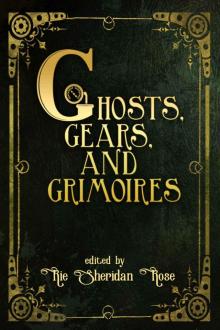 Ghosts, Gears, and Grimoires
Ghosts, Gears, and Grimoires Meg Xuemei X - Angel’s Mate (The Empress Of Mysth #6)
Meg Xuemei X - Angel’s Mate (The Empress Of Mysth #6)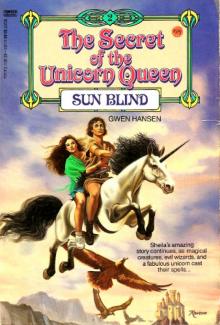 The Secret Of The Unicorn Queen - Sun Blind
The Secret Of The Unicorn Queen - Sun Blind Game Over
Game Over B018R79OOK EBOK
B018R79OOK EBOK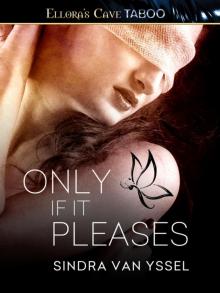 OnlyIfItPleases
OnlyIfItPleases Gateway to Nifleheim
Gateway to Nifleheim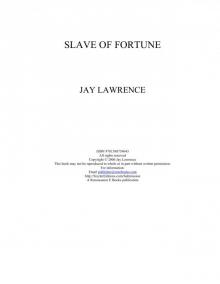 SOF
SOF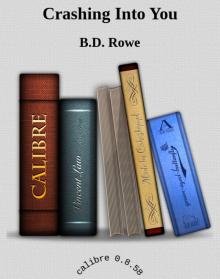 Crashing Into You
Crashing Into You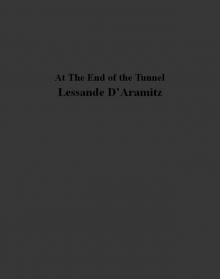 Lessande D'Aramitz
Lessande D'Aramitz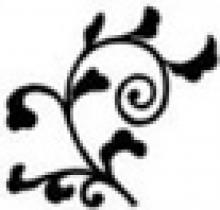 The Golden Circlet
The Golden Circlet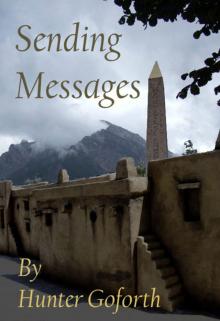 B00H242ZGY EBOK
B00H242ZGY EBOK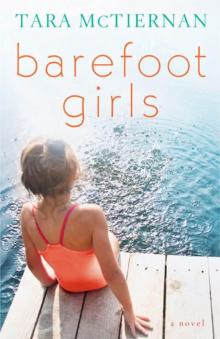 Barefoot Girls - Kindle
Barefoot Girls - Kindle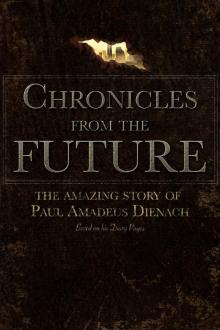 Chronicles From The Future: The amazing story of Paul Amadeus Dienach
Chronicles From The Future: The amazing story of Paul Amadeus Dienach If you were my man
If you were my man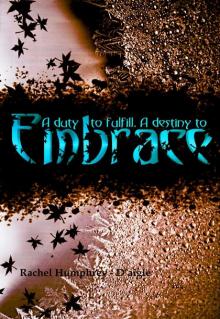 Embrace
Embrace Hans Von Luck - Panzer Commander
Hans Von Luck - Panzer Commander AnythingForYou
AnythingForYou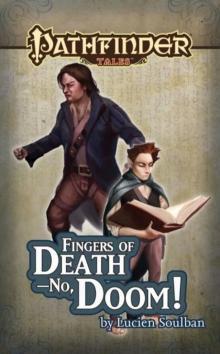 Fingers of Death—No, Doom!
Fingers of Death—No, Doom! How I Was Murdered By a Monster King (How I Was Murdered By a Fox Monster Book 2)
How I Was Murdered By a Monster King (How I Was Murdered By a Fox Monster Book 2) CaughtInTheTrap
CaughtInTheTrap something ends something begins sapkowski
something ends something begins sapkowski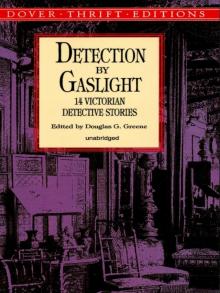 Detection by Gaslight
Detection by Gaslight Earth's Survivors Apocalypse
Earth's Survivors Apocalypse BeneathCeaselessSkies Issue001
BeneathCeaselessSkies Issue001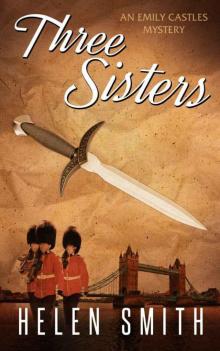 B004M5HK0M EBOK
B004M5HK0M EBOK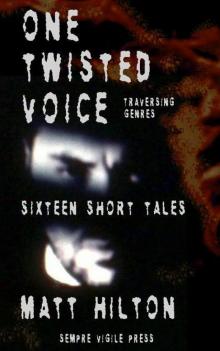 one twisted voice
one twisted voice John Shirley - Wetbones
John Shirley - Wetbones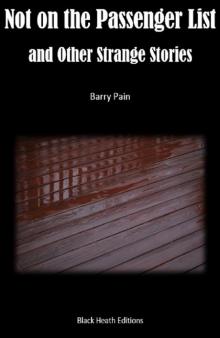 Not on the Passenger List
Not on the Passenger List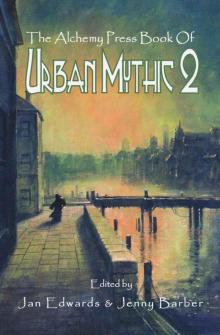 The Alchemy Press Book of Urban Mythic 2
The Alchemy Press Book of Urban Mythic 2 A Changed Man (Altered Book 1)
A Changed Man (Altered Book 1) A Guide to the Birds of East Africa
A Guide to the Birds of East Africa KnockingonDemon'sDoor
KnockingonDemon'sDoor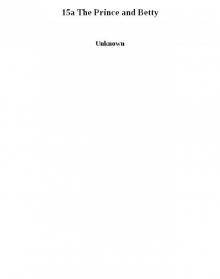 15a The Prince and Betty
15a The Prince and Betty Unknown
Unknown You Are A Monster
You Are A Monster 9781618850058ForgottenSoulSinclair
9781618850058ForgottenSoulSinclair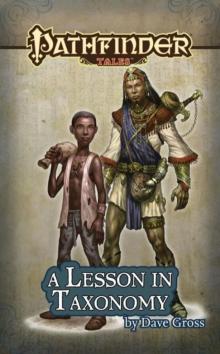 A Lesson in Taxonomy
A Lesson in Taxonomy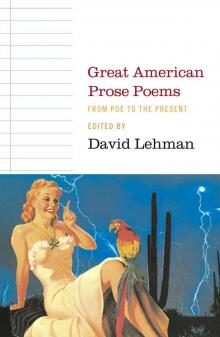 Great American Prose Poems: From Poe to the Present
Great American Prose Poems: From Poe to the Present Michelle Woods - Becoming Raven's Man (Red Devils MC #7)
Michelle Woods - Becoming Raven's Man (Red Devils MC #7) Book 02, Growing Up
Book 02, Growing Up in1
in1 Zoey - Not Quite A Zombie
Zoey - Not Quite A Zombie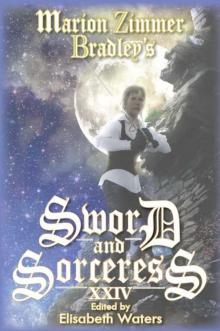 Marion Zimmer Bradley's Sword and Sorceress XXIV
Marion Zimmer Bradley's Sword and Sorceress XXIV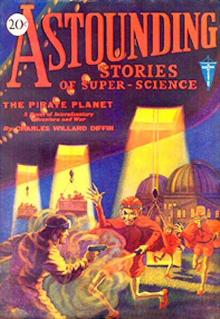 November 1930
November 1930 The Growing Pains of Adrian Mole
The Growing Pains of Adrian Mole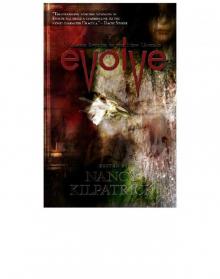 Evolve: Vampire Stories of the New Undead
Evolve: Vampire Stories of the New Undead Pieces of Olivia
Pieces of Olivia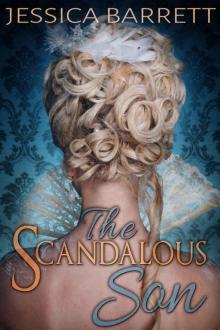 The Scandalous Son
The Scandalous Son In Red Rune Canyon
In Red Rune Canyon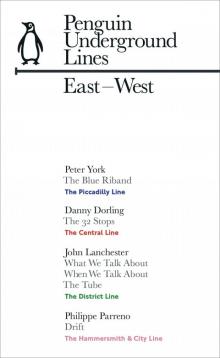 East-West
East-West Wolf2are
Wolf2are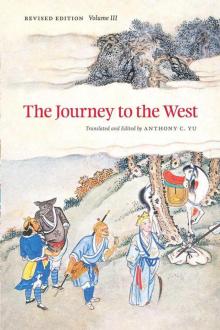 The Journey to the West, Revised Edition, Volume 3
The Journey to the West, Revised Edition, Volume 3 Death Watch
Death Watch Charles Willeford - New Hope For The Dead
Charles Willeford - New Hope For The Dead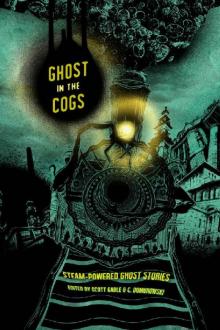 Ghost in the Cogs: Steam-Powered Ghost Stories
Ghost in the Cogs: Steam-Powered Ghost Stories![[No data] Read online](http://i1.bookreadfree.com/i/03/23/no_data_preview.jpg) [No data]
[No data]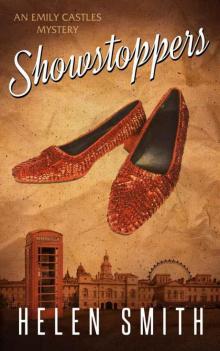 B006ITK0AW EBOK
B006ITK0AW EBOK Pulp Fiction | The Ghost Riders Affair (July 1966)
Pulp Fiction | The Ghost Riders Affair (July 1966)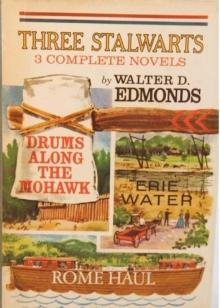 3stalwarts
3stalwarts Classroom Demons
Classroom Demons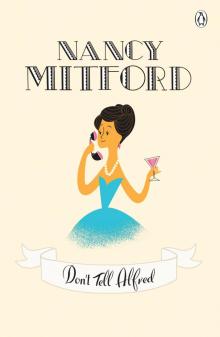 Don't Tell Alfred
Don't Tell Alfred New Order: Urban Fantasy (Hidden Vampire Slayer Book 1)
New Order: Urban Fantasy (Hidden Vampire Slayer Book 1) Midnight at Mart’s
Midnight at Mart’s JEAPers Creepers
JEAPers Creepers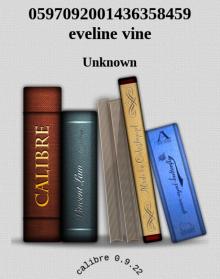 0597092001436358459 eveline vine
0597092001436358459 eveline vine Charles Willeford - Sideswipe
Charles Willeford - Sideswipe 2012-08-In the Event of My Untimely Demise
2012-08-In the Event of My Untimely Demise 05 William Tell Told Again
05 William Tell Told Again One Hot Night Old Port Nights, Book 1
One Hot Night Old Port Nights, Book 1 The Walkers from the Crypt
The Walkers from the Crypt The Box
The Box The Descendants (Evolution of Angels Book 2)
The Descendants (Evolution of Angels Book 2)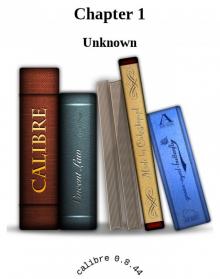 Chapter 1
Chapter 1 B01N5EQ4R1 EBOK
B01N5EQ4R1 EBOK TexasKnightsBundle
TexasKnightsBundle Phoebe - Not Quite A Pheonix
Phoebe - Not Quite A Pheonix May 1931
May 1931 Stranded in Paradise
Stranded in Paradise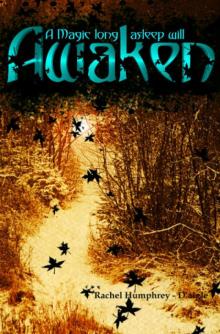 Awaken
Awaken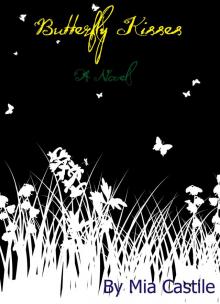 Butterfly Kisses (The Butterfly Chronicles #2)
Butterfly Kisses (The Butterfly Chronicles #2)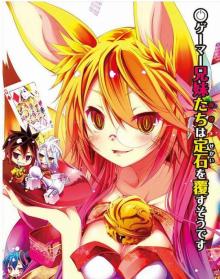 No Game No Life Vol.7
No Game No Life Vol.7 bb-6565_deep_crotch_mother_curt_aldrich_
bb-6565_deep_crotch_mother_curt_aldrich_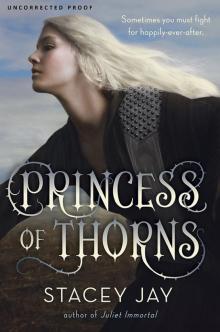 Princess of Thorns
Princess of Thorns German Baking Today - German Baking Today
German Baking Today - German Baking Today Kylie Brant - What the Dead Know (The Mindhunters Book 8)
Kylie Brant - What the Dead Know (The Mindhunters Book 8)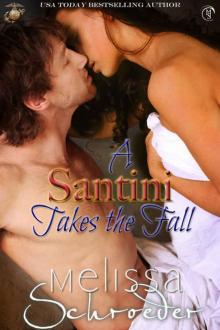 Melissa Schroeder - A Santini Takes the Fall (The Santinis Book #9)
Melissa Schroeder - A Santini Takes the Fall (The Santinis Book #9) Dragon Moon
Dragon Moon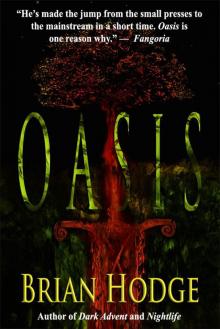 Oasis
Oasis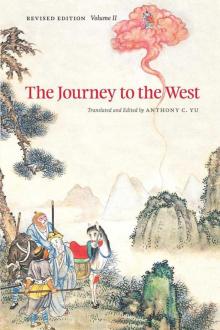 The Journey to the West, Revised Edition, Volume 2
The Journey to the West, Revised Edition, Volume 2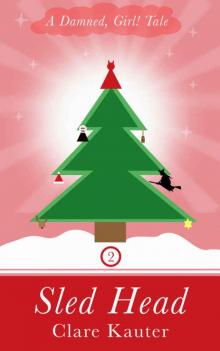 Clare Kauter - Sled Head (Damned, Girl! Book 2)
Clare Kauter - Sled Head (Damned, Girl! Book 2)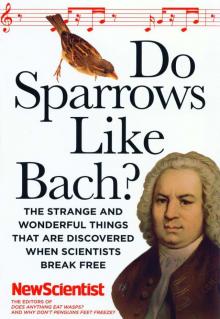 Do Sparrows Like Bach?: The Strange and Wonderful Things that Are Discovered When Scientists Break Free
Do Sparrows Like Bach?: The Strange and Wonderful Things that Are Discovered When Scientists Break Free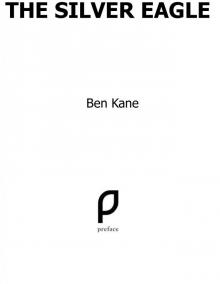 The Silver Eagle
The Silver Eagle Soldier Up
Soldier Up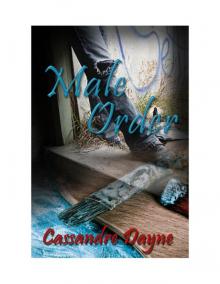 Do Not Return To Sender
Do Not Return To Sender From This Moment On: The Sullivans, Book 2 (Contemporary Romance)
From This Moment On: The Sullivans, Book 2 (Contemporary Romance) Marina Adair - Need You for Keeps (St. Helena Vineyard #6)
Marina Adair - Need You for Keeps (St. Helena Vineyard #6)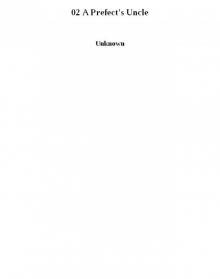 02 A Prefect's Uncle
02 A Prefect's Uncle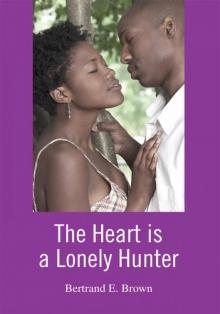 The Heart is a Lonely Hunter
The Heart is a Lonely Hunter BeneathCeaselessSkies Issue008
BeneathCeaselessSkies Issue008 Lily Knight - Hunt's Desire Vol. 1
Lily Knight - Hunt's Desire Vol. 1 RICHARD POWERS
RICHARD POWERS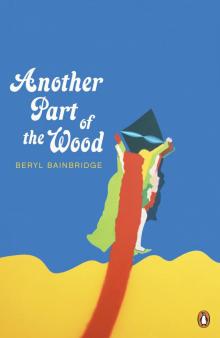 Another Part of the Wood
Another Part of the Wood Finding Me: Book 1: All I've Ever Wanted (A New Adult Romance Series)
Finding Me: Book 1: All I've Ever Wanted (A New Adult Romance Series) Blood Sunset
Blood Sunset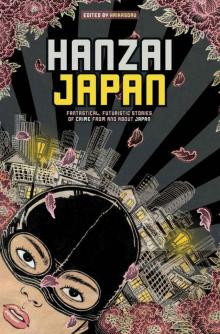 Hanzai Japan: Fantastical, Futuristic Stories of Crime From and About Japan
Hanzai Japan: Fantastical, Futuristic Stories of Crime From and About Japan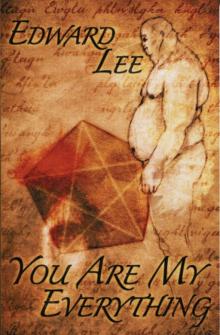 yame
yame X: The Hunt Begins
X: The Hunt Begins New Title 1
New Title 1 Borderlands 2
Borderlands 2 Snow, C.P. - George Passant (aka Strangers and Brothers).txt
Snow, C.P. - George Passant (aka Strangers and Brothers).txt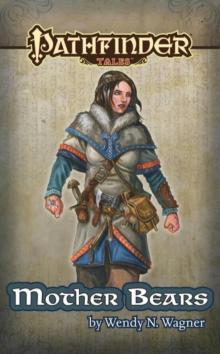 Mother Bears
Mother Bears CONDITION BLACK MASTER
CONDITION BLACK MASTER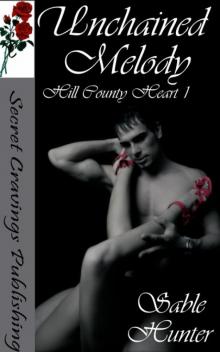 9781618850676UnchainedMelodyHunter
9781618850676UnchainedMelodyHunter Sexy to Go Volume 5
Sexy to Go Volume 5 Sexy to Go Volume 3
Sexy to Go Volume 3 9781618850607ForeverNightDayNC
9781618850607ForeverNightDayNC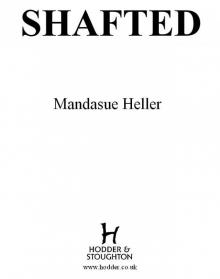 Shafted
Shafted Prodigal Sons
Prodigal Sons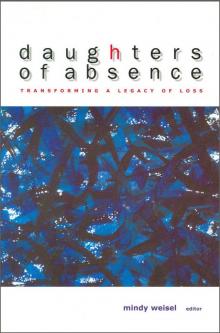 Daughters of Absence: Transforming a Legacy of Loss
Daughters of Absence: Transforming a Legacy of Loss B004V9FYIY EBOK
B004V9FYIY EBOK Sarah Curtis - Pursuing (Alluring Book 3)
Sarah Curtis - Pursuing (Alluring Book 3) LostFound_Azod
LostFound_Azod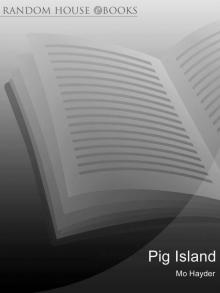 Pig Island
Pig Island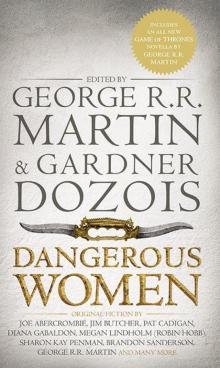 Dangerous Women
Dangerous Women Annie Nicholas - Bootcamp of Misfits Wolves (Vanguard Elite Book 1)
Annie Nicholas - Bootcamp of Misfits Wolves (Vanguard Elite Book 1)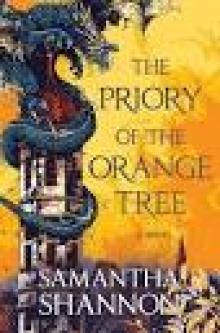 Book 01, Coiling Dragon Ring
Book 01, Coiling Dragon Ring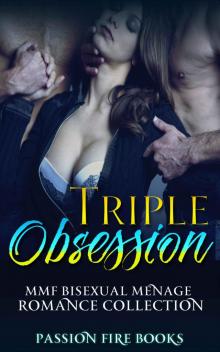 MENAGE: Triple Obsession (MMF Bisexual Menage Romance Collection) (New Adult Taboo Menage Romance Short Stories)
MENAGE: Triple Obsession (MMF Bisexual Menage Romance Collection) (New Adult Taboo Menage Romance Short Stories)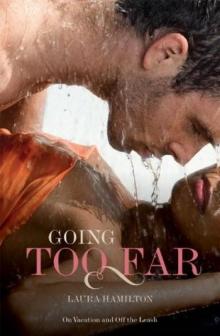 Going Too Far
Going Too Far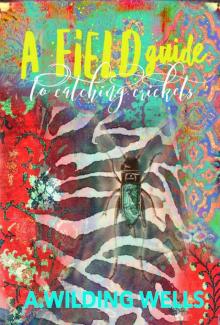 A Field Guide To Catching Crickets: ( a sexy second chance tearjerker romance )
A Field Guide To Catching Crickets: ( a sexy second chance tearjerker romance ) The Call of Destiny (The Return of Arthur Book 1)
The Call of Destiny (The Return of Arthur Book 1)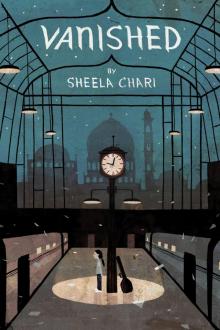 Vanished
Vanished i 02b985df59d24adc
i 02b985df59d24adc Kacie's Surrender (Homeward Bound Book 1)
Kacie's Surrender (Homeward Bound Book 1) The End - Visions of Apocalypse
The End - Visions of Apocalypse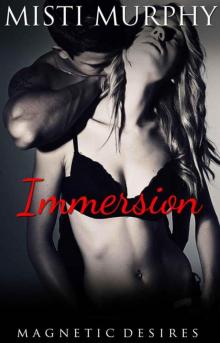 Immersion (Magnetic Desires)
Immersion (Magnetic Desires) Borderlands
Borderlands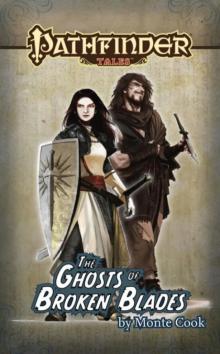 The Ghosts of Broken Blades
The Ghosts of Broken Blades Alphas Gone Wild
Alphas Gone Wild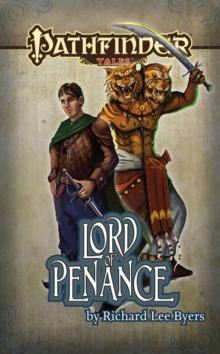 Lord of Penance
Lord of Penance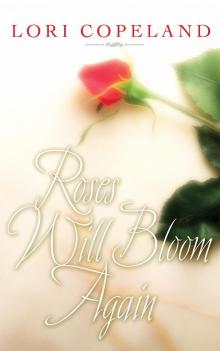 echristian-epub-ee8a4ba5-94c3-4982-ae55-299db4e26c11
echristian-epub-ee8a4ba5-94c3-4982-ae55-299db4e26c11 Sharon Karaa The Last Challenge (Northern Witches Series #1)
Sharon Karaa The Last Challenge (Northern Witches Series #1) Somebody to Love
Somebody to Love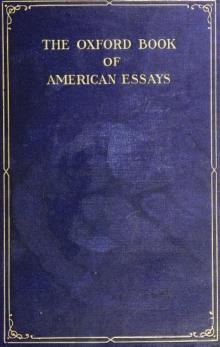 The Oxford Book of American Essays
The Oxford Book of American Essays The_ORDER_of_SHADDAI
The_ORDER_of_SHADDAI Love On A Forbidden Planet
Love On A Forbidden Planet 09 Not George Washington
09 Not George Washington RINGOFTRUTHEBOOK (1)
RINGOFTRUTHEBOOK (1)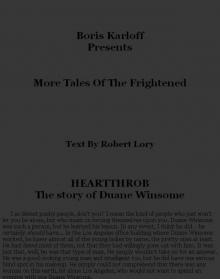 HEARTTHROB
HEARTTHROB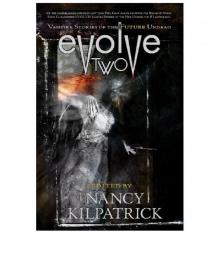 Evolve Two: Vampire Stories of the Future Undead
Evolve Two: Vampire Stories of the Future Undead Eternal_Bliss
Eternal_Bliss Busted Flush
Busted Flush Shy...
Shy...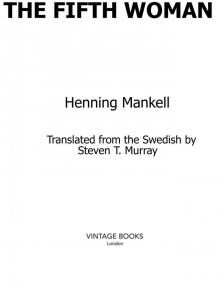 The Fifth Woman
The Fifth Woman Forever My Home (The Aster Lake Series Book 1)
Forever My Home (The Aster Lake Series Book 1)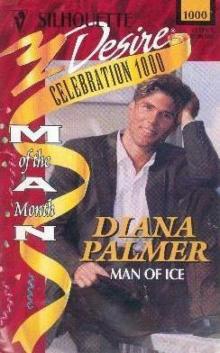 ice man
ice man contamination 7 resistance con
contamination 7 resistance con Horror Books: The Lodge - (Adults, Paranormal, Ghost, Scary, Short Stories)
Horror Books: The Lodge - (Adults, Paranormal, Ghost, Scary, Short Stories) Wounded Birds (The Grayson Series Book 1)
Wounded Birds (The Grayson Series Book 1)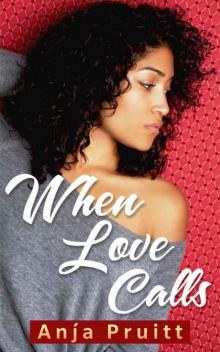 When Love Calls
When Love Calls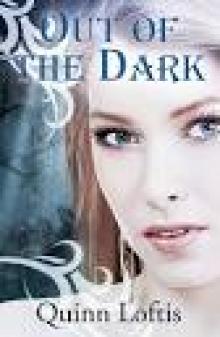 Beyond the Veil, Book 5 The Grey Wolves Series
Beyond the Veil, Book 5 The Grey Wolves Series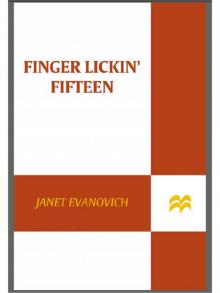 Finger Lickin' Fifteen
Finger Lickin' Fifteen Daz 4 Zoe
Daz 4 Zoe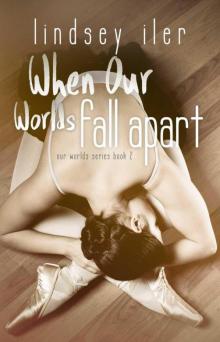 When Our Worlds Fall Apart
When Our Worlds Fall Apart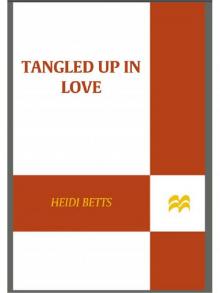 Tangled Up In Love
Tangled Up In Love Finding Love in a Dark World: A Steamy Post-Apocalyptic Romance
Finding Love in a Dark World: A Steamy Post-Apocalyptic Romance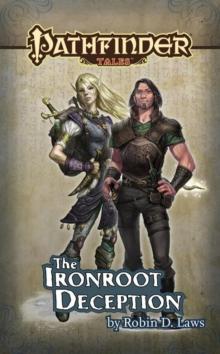 The Ironroot Deception
The Ironroot Deception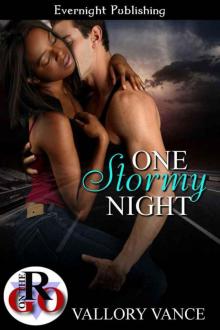 One Stormy Night
One Stormy Night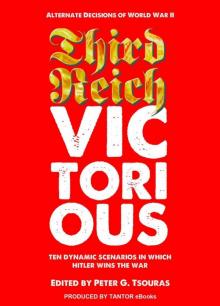 Third Reich Victorious
Third Reich Victorious Carol Marinelli - Bound To The Sheikh
Carol Marinelli - Bound To The Sheikh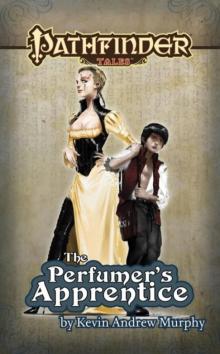 The Perfumer's Apprentice
The Perfumer's Apprentice True Ghost Stories: Real Short Tales of the Supernatural (The Real Paranormal Psychic Series)
True Ghost Stories: Real Short Tales of the Supernatural (The Real Paranormal Psychic Series) The Ex-Files
The Ex-Files CR!FAQVHAE2713SQDF4PGQ1SC7ZMJ68
CR!FAQVHAE2713SQDF4PGQ1SC7ZMJ68 Three for Dinner
Three for Dinner Waxwings
Waxwings Cheyenne McCray - Point Blank (Lawmen Book 4)
Cheyenne McCray - Point Blank (Lawmen Book 4) Document1
Document1 The Ugly Stepsister Strikes Back
The Ugly Stepsister Strikes Back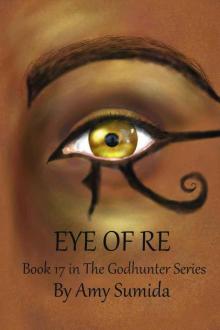 Amy Sumida - Eye of Re (The Godhunter Book 17)
Amy Sumida - Eye of Re (The Godhunter Book 17) mywolfprotector
mywolfprotector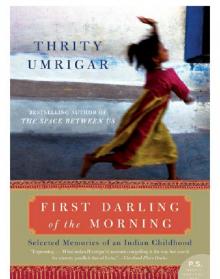 Thrity Umrigar
Thrity Umrigar Pulp Fiction | The Vanishing Act Affair (June 1966)
Pulp Fiction | The Vanishing Act Affair (June 1966)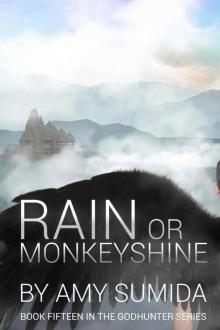 Amy Sumida - Rain or Monkeyshine (Book 15 in The Godhunter Series)
Amy Sumida - Rain or Monkeyshine (Book 15 in The Godhunter Series) Moon's Sweet Poison
Moon's Sweet Poison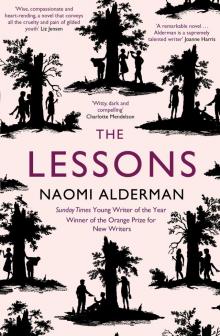 The Lessons
The Lessons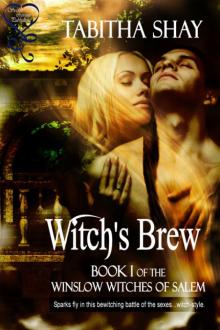 9781618851307WitchsBrewShayNC
9781618851307WitchsBrewShayNC Linsey Hall - Stolen Fate (The Mythean Arcana #4)
Linsey Hall - Stolen Fate (The Mythean Arcana #4) 9781618854674DonovansBluesWaitsNC
9781618854674DonovansBluesWaitsNC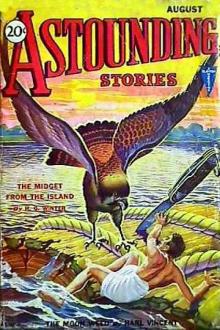 August 1931
August 1931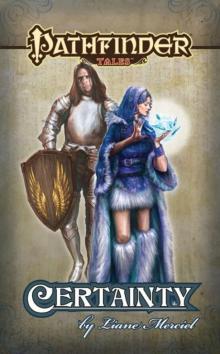 Certainty
Certainty The Feng Shui Detective
The Feng Shui Detective Cider Brook
Cider Brook Lots of Love
Lots of Love![[Wild fang project] Garouden I pure fighting action novel Read online](http://i1.bookreadfree.com/i/03/26/wild_fang_project_garouden_i_pure_fighting_action_novel_preview.jpg) [Wild fang project] Garouden I pure fighting action novel
[Wild fang project] Garouden I pure fighting action novel Atomic Swarm
Atomic Swarm The Dream of Perpetual Motion
The Dream of Perpetual Motion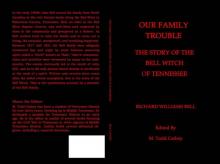 Our Family Trouble The Story of the Bell Witch of Tennessee
Our Family Trouble The Story of the Bell Witch of Tennessee Crystal Enchantment
Crystal Enchantment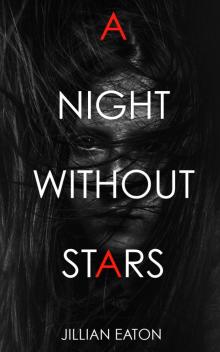 anightwithoutstarsfinal
anightwithoutstarsfinal Lone Star Vampires 4- Virgin Vampire Vixen
Lone Star Vampires 4- Virgin Vampire Vixen Selena Kitt - Hayden (Stepbrother Studs)
Selena Kitt - Hayden (Stepbrother Studs)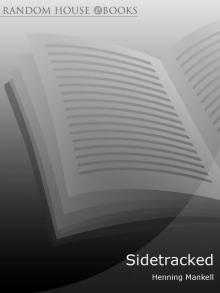 Sidetracked
Sidetracked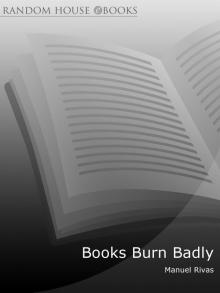 Books Burn Badly
Books Burn Badly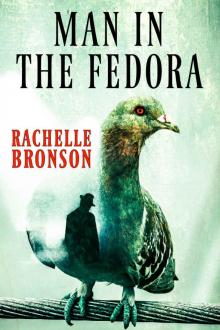 Man in the Fedora
Man in the Fedora Honor Raconteur - Lost Mage (Advent Mage Cycle 06)
Honor Raconteur - Lost Mage (Advent Mage Cycle 06)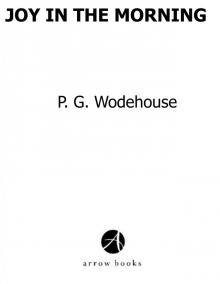 Joy in the Morning
Joy in the Morning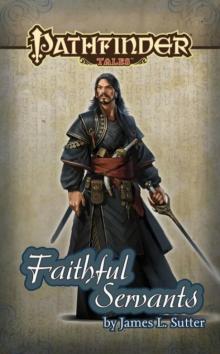 Faithful Servants
Faithful Servants Seducing Megan: Prossers Bay Series Novella
Seducing Megan: Prossers Bay Series Novella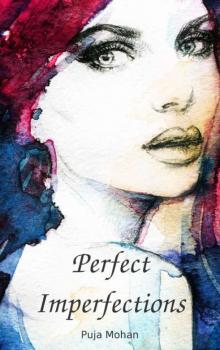 Perfect Imperfections
Perfect Imperfections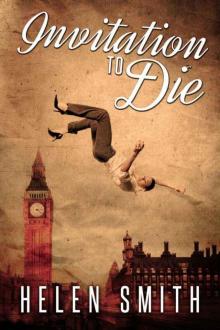 B00BCLBHSA EBOK
B00BCLBHSA EBOK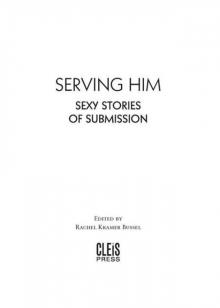 Serving Him: Sexy Stories of Submission
Serving Him: Sexy Stories of Submission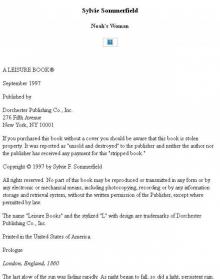 Sylvie Sommerfield - Noah's Woman
Sylvie Sommerfield - Noah's Woman Light of a Distant Star
Light of a Distant Star Devil May Care
Devil May Care J.M. Sevilla - Summer Nights
J.M. Sevilla - Summer Nights Side Order of Love
Side Order of Love Jerilee Kaye - Intertwined
Jerilee Kaye - Intertwined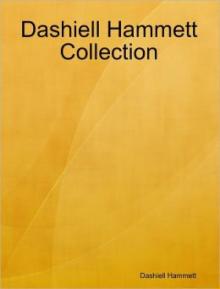 Afraid Of A Gun and Other Stories
Afraid Of A Gun and Other Stories mark darrow and the stealer of
mark darrow and the stealer of The Eyes of the Rigger
The Eyes of the Rigger Something Wicked Anthology of Speculative Fiction, Volume Two
Something Wicked Anthology of Speculative Fiction, Volume Two SevenDeadlySinsSeries
SevenDeadlySinsSeries Gabriel's Rule
Gabriel's Rule Spider
Spider 9781618853073LyricsandLustLabelleNC
9781618853073LyricsandLustLabelleNC Vadalia - Not Quite A Vampire
Vadalia - Not Quite A Vampire Dogwood Hill (A Chesapeake Shores Novel - Book 12)
Dogwood Hill (A Chesapeake Shores Novel - Book 12) Dark Valley Destiny
Dark Valley Destiny Pulp Fiction | The Stone-Cold Dead in the Market Affair by John Oram
Pulp Fiction | The Stone-Cold Dead in the Market Affair by John Oram Layla Nash - A Valentine's Chase (City Shifters: the Pride)
Layla Nash - A Valentine's Chase (City Shifters: the Pride)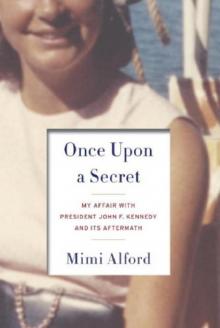 1400069106Secret
1400069106Secret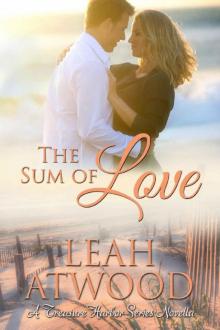 The Sum of Love (Treasure Harbor Book 7)
The Sum of Love (Treasure Harbor Book 7) Demonhome (Champions of the Dawning Dragons Book 3)
Demonhome (Champions of the Dawning Dragons Book 3)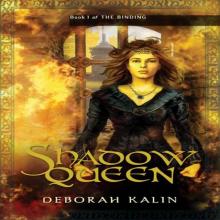 Shadow Queen
Shadow Queen Pulp Fiction | The Dagger Affair by David McDaniel
Pulp Fiction | The Dagger Affair by David McDaniel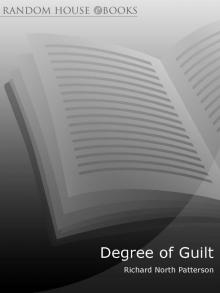 Degree of Guilt
Degree of Guilt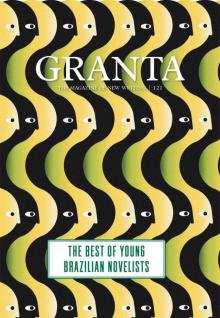 Granta 121: Best of Young Brazilian Novelists
Granta 121: Best of Young Brazilian Novelists HALLOWED_BE_THY_NAME
HALLOWED_BE_THY_NAME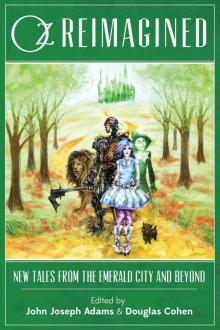 Oz Reimagined: New Tales from the Emerald City and Beyond
Oz Reimagined: New Tales from the Emerald City and Beyond Summer with the Millionaire
Summer with the Millionaire Border Crossing
Border Crossing Always Us (We Were Us Series Book 2)
Always Us (We Were Us Series Book 2)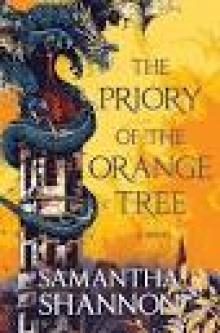 Book 03, Mountain Range of Magical Beasts
Book 03, Mountain Range of Magical Beasts My New Billionaire Stepbrother
My New Billionaire Stepbrother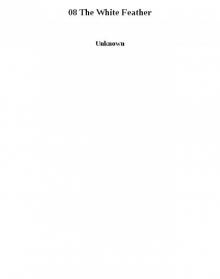 08 The White Feather
08 The White Feather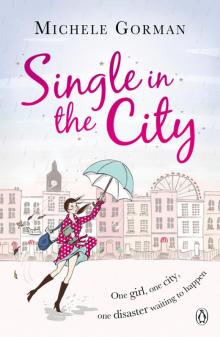 Single in the City
Single in the City 9781629270050-Text-for-ePub-rev
9781629270050-Text-for-ePub-rev![A Wodehouse Miscellany Articles and Stories(13 articles; When Papa Swore in Hindustani [1901]; Tom, Dick, and Harry [1905]; Jeeves Takes Charge [1916]; Disentangling Old Duggie) Read online](http://i1.bookreadfree.com/i1/03/31/a_wodehouse_miscellany_articles_and_stories13_takes_charge_1916_disentangling_old_duggie_preview.jpg) A Wodehouse Miscellany Articles and Stories(13 articles; When Papa Swore in Hindustani [1901]; Tom, Dick, and Harry [1905]; Jeeves Takes Charge [1916]; Disentangling Old Duggie)
A Wodehouse Miscellany Articles and Stories(13 articles; When Papa Swore in Hindustani [1901]; Tom, Dick, and Harry [1905]; Jeeves Takes Charge [1916]; Disentangling Old Duggie) CR!93BHZ3MAHS4NVAVVWQG1QCZMZ0ZB
CR!93BHZ3MAHS4NVAVVWQG1QCZMZ0ZB Ladies’ Night
Ladies’ Night PINNACLE BOOKS NEW YORK
PINNACLE BOOKS NEW YORK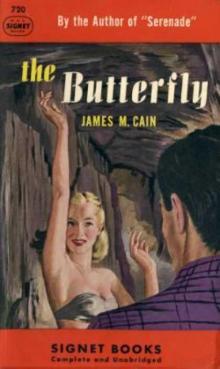 Butterfly
Butterfly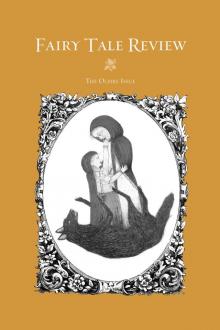 Fairy Tale Review
Fairy Tale Review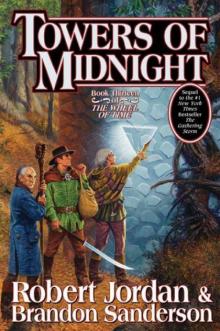 Towers of Midnight by Robert Jordan and Robert Sanderson
Towers of Midnight by Robert Jordan and Robert Sanderson Pulp Fiction | The Pillars of Salt Affair (Dec. 1967)
Pulp Fiction | The Pillars of Salt Affair (Dec. 1967) EdgeOfHuman
EdgeOfHuman Carter, Beth D. - Lawless Hearts (Siren Publishing Ménage Amour)
Carter, Beth D. - Lawless Hearts (Siren Publishing Ménage Amour) Robert Goddard — Borrowed Time
Robert Goddard — Borrowed Time Gerry Bartlett - Rafe and the Redhead (Real Vampires)
Gerry Bartlett - Rafe and the Redhead (Real Vampires)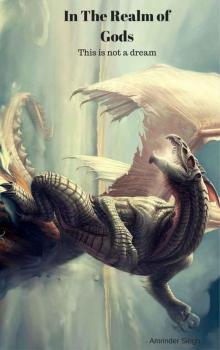 In The Realm of Gods
In The Realm of Gods Shifter Romance Box Set
Shifter Romance Box Set B01M0OJOU7 EBOK
B01M0OJOU7 EBOK See Bride Run!
See Bride Run! AnotherKindofSummer
AnotherKindofSummer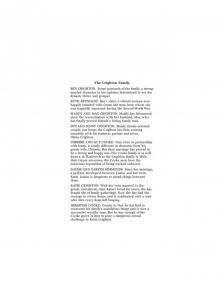 A Perfect Night
A Perfect Night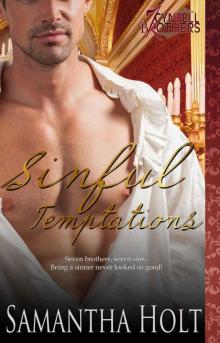 Samantha Holt - Sinful Temptations (Cynfell Brothers Book 6)
Samantha Holt - Sinful Temptations (Cynfell Brothers Book 6)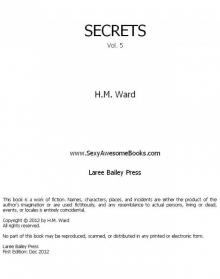 SECRETS Vol. 5
SECRETS Vol. 5 Sexy to Go Volume 2
Sexy to Go Volume 2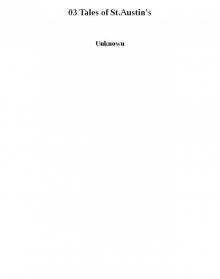 03 Tales of St.Austin's
03 Tales of St.Austin's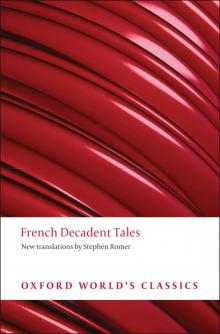 French Decadent Tales (Oxford World's Classics)
French Decadent Tales (Oxford World's Classics)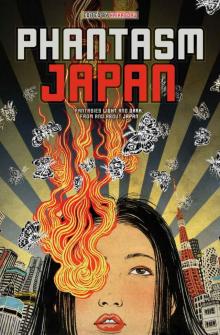 Phantasm Japan: Fantasies Light and Dark, From and About Japan
Phantasm Japan: Fantasies Light and Dark, From and About Japan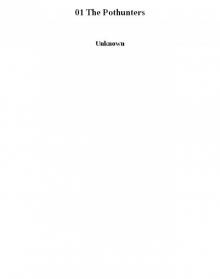 01 The Pothunters
01 The Pothunters Roxanne St. Claire - Barefoot With a Bad Boy (Barefoot Bay Undercover #3)
Roxanne St. Claire - Barefoot With a Bad Boy (Barefoot Bay Undercover #3) My Father's Tears and Other Stories
My Father's Tears and Other Stories Every Part of You Taunts Me
Every Part of You Taunts Me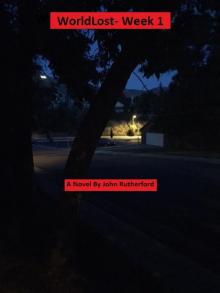 WorldLost- Week 1: An Infected Novel
WorldLost- Week 1: An Infected Novel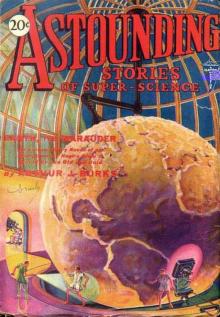 July 1930
July 1930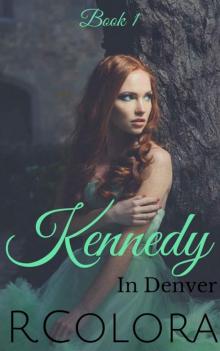 Kennedy In Denver (In Denver Series Book 1)
Kennedy In Denver (In Denver Series Book 1)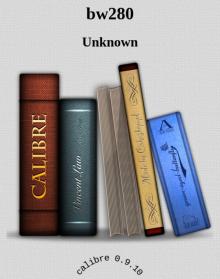 bw280
bw280 9781618854490WildChelceeNC
9781618854490WildChelceeNC Stargazer Maxima (Cosmic Justice League Book 1)
Stargazer Maxima (Cosmic Justice League Book 1)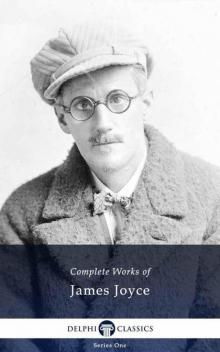 Complete Works of James Joyce
Complete Works of James Joyce The Collected Westerns of William MacLeod Raine: 21 Novels in One Volume
The Collected Westerns of William MacLeod Raine: 21 Novels in One Volume BeneathCeaselessSkies Issue003
BeneathCeaselessSkies Issue003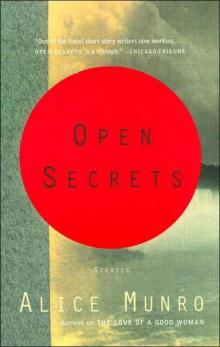 ebooksclub.org Open Secrets Stories
ebooksclub.org Open Secrets Stories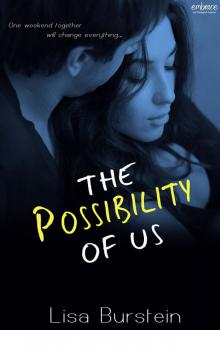 The Possibility of Us
The Possibility of Us Purple Haze (Blue Dream Book 2)
Purple Haze (Blue Dream Book 2)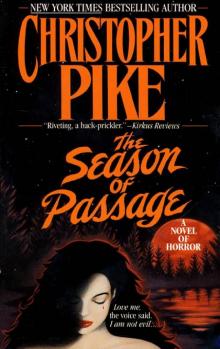 The Season of Passage
The Season of Passage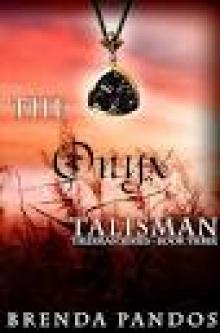 The Onyx Talisman
The Onyx Talisman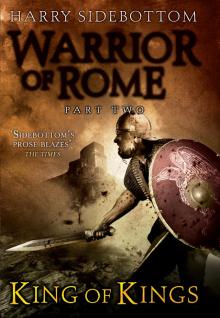 King of Kings
King of Kings After the Rain (The Twisted Fate Series Book 1)
After the Rain (The Twisted Fate Series Book 1)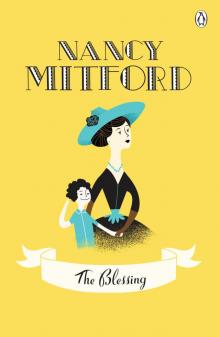 The Blessing
The Blessing Ann H
Ann H DeathOBTourist
DeathOBTourist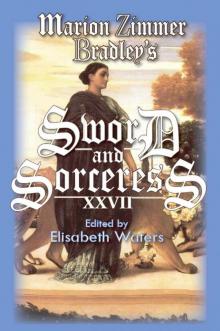 Sword and Sorceress XXVII
Sword and Sorceress XXVII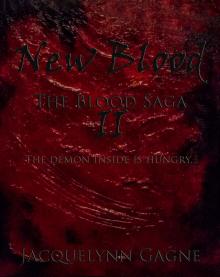 New Blood (The Blood Saga Book 2)
New Blood (The Blood Saga Book 2)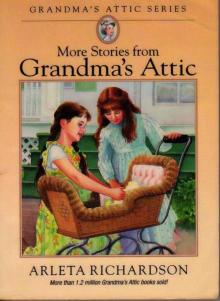 GRANDMA'S ATTIC SERIES
GRANDMA'S ATTIC SERIES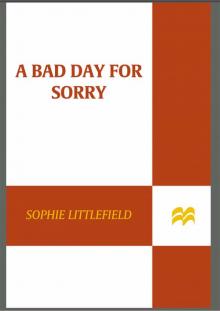 A Bad Day for Sorry
A Bad Day for Sorry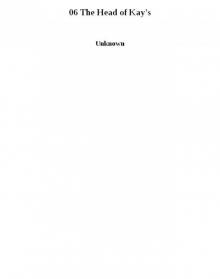 06 The Head of Kay's
06 The Head of Kay's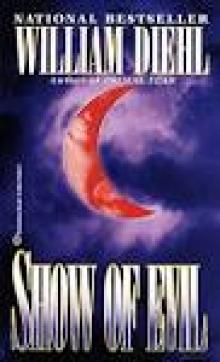 Diehl, William - Show of Evil
Diehl, William - Show of Evil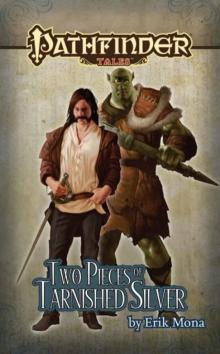 Two Pieces of Tarnished Silver
Two Pieces of Tarnished Silver The Fate of Falling Stars
The Fate of Falling Stars Behind the Pines (The Gass County Series Book 3)
Behind the Pines (The Gass County Series Book 3)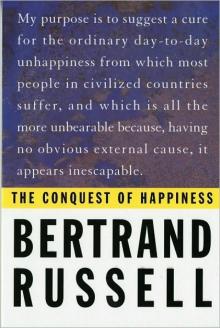 Bertrand Russell
Bertrand Russell Love and a Blue-Eyed Cowboy
Love and a Blue-Eyed Cowboy The Swamp Warden
The Swamp Warden Fight With Me (Fight and Fall)
Fight With Me (Fight and Fall) Candy Girl
Candy Girl GODWALKER
GODWALKER Red Mandarin Dress
Red Mandarin Dress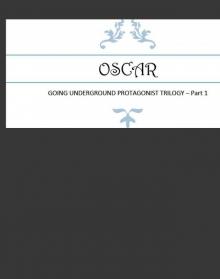 Oscar
Oscar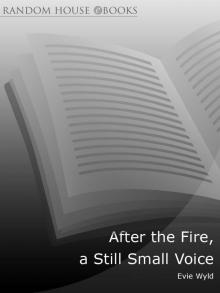 After the Fire, A Still Small Voice
After the Fire, A Still Small Voice To Get To You
To Get To You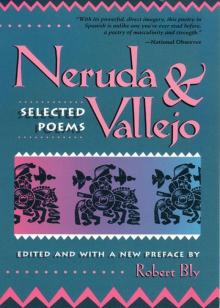 Neruda and Vallejo: Selected Poems
Neruda and Vallejo: Selected Poems You Don't Have to be Good
You Don't Have to be Good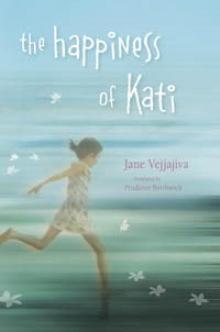 Jane Vejjajiva
Jane Vejjajiva Phoenix Daniels- Beautiful Prey 3
Phoenix Daniels- Beautiful Prey 3 Michelle Woods - Animal Passions (Blue Bandits MC Book 2)
Michelle Woods - Animal Passions (Blue Bandits MC Book 2) WE
WE The Way of the Sword
The Way of the Sword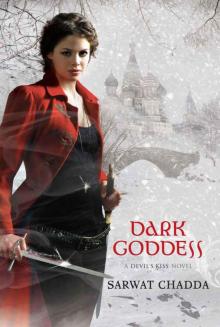 Sarwat Chadda - Billi SanGreal 02 - Dark Goddess
Sarwat Chadda - Billi SanGreal 02 - Dark Goddess ChristmastoDieFor
ChristmastoDieFor Alphas Prefer Curves
Alphas Prefer Curves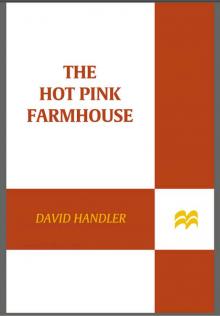 The Hot Pink Farmhouse
The Hot Pink Farmhouse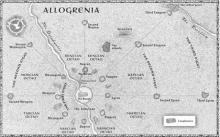 The Cry of the Marwing
The Cry of the Marwing Love Lies
Love Lies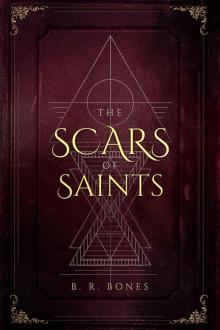 The Scars of Saints
The Scars of Saints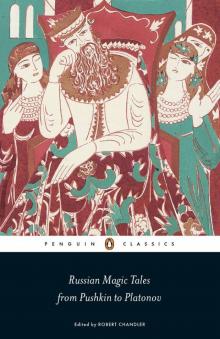 Russian Magic Tales from Pushkin to Platonov (Penguin Classics)
Russian Magic Tales from Pushkin to Platonov (Penguin Classics) THE COLD FIRE-
THE COLD FIRE- Imminent Danger (Adrenaline Highs)
Imminent Danger (Adrenaline Highs) BeneathCeaselessSkies Issue007
BeneathCeaselessSkies Issue007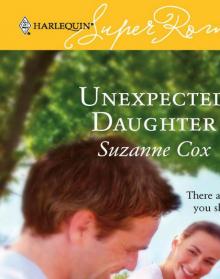 Cox, Suzanne - Unexpected Daughter
Cox, Suzanne - Unexpected Daughter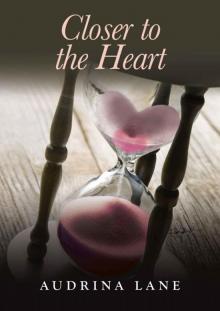 Closer to the Heart (The Heart Trilogy Book 3)
Closer to the Heart (The Heart Trilogy Book 3) February 1931
February 1931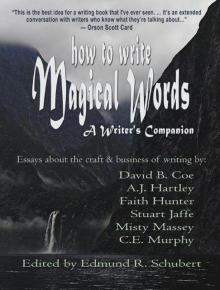 How To Write Magical Words: A Writer's Companion
How To Write Magical Words: A Writer's Companion Homeland Security (Defenders of Love Book 2)
Homeland Security (Defenders of Love Book 2) The_Chronicl-ir_to_the_King
The_Chronicl-ir_to_the_King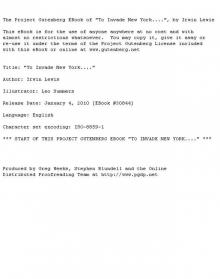 The Project Gutenberg eBook of To Invade New York.... , by Irwin Lewis
The Project Gutenberg eBook of To Invade New York.... , by Irwin Lewis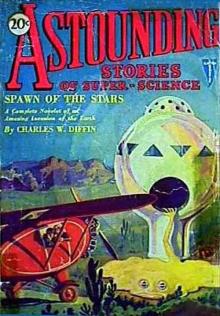 February 1930
February 1930 THE_REALM_SHIFT
THE_REALM_SHIFT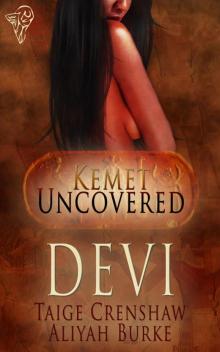 Devi
Devi Wolf3are
Wolf3are Hearts Through Time
Hearts Through Time BeneathCeaselessSkies Issue005
BeneathCeaselessSkies Issue005 A CRY FROM THE DEEP
A CRY FROM THE DEEP Without Prejudice
Without Prejudice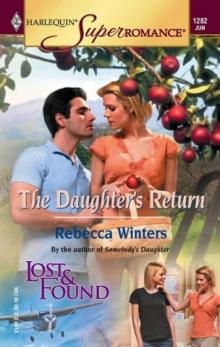 The Daughter's Return
The Daughter's Return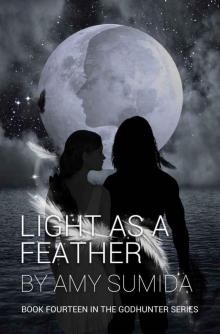 Amy Sumida - Light as a Feather (Book 14 in The Godhunter Series)
Amy Sumida - Light as a Feather (Book 14 in The Godhunter Series)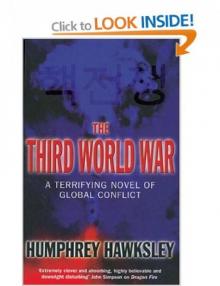 Third World War
Third World War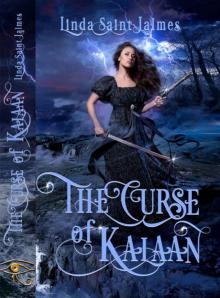 The curse of Kalaan
The curse of Kalaan Crash Lights and Sirens, Book 1
Crash Lights and Sirens, Book 1 Debra Webb - Depraved (Faces of Evil Book 10)
Debra Webb - Depraved (Faces of Evil Book 10)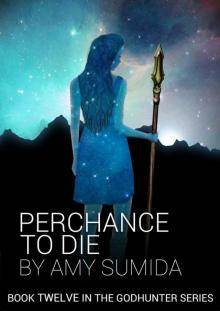 Amy Sumida - Perchance To Die (The Godhunter Book 12)
Amy Sumida - Perchance To Die (The Godhunter Book 12) The Lion of Boaz-Jachin and Jachin-Boaz by Russell Hoban(1973)
The Lion of Boaz-Jachin and Jachin-Boaz by Russell Hoban(1973) Rough Around the Edges Meets Refined (Meet Your Match, book 2)
Rough Around the Edges Meets Refined (Meet Your Match, book 2) A Soul's Sacrifice (Voodoo Revival Series Book 1)
A Soul's Sacrifice (Voodoo Revival Series Book 1) Charles Willeford - Way We Die Now
Charles Willeford - Way We Die Now Type here book author - Type here book title
Type here book author - Type here book title 2012-09-Shattered Steel
2012-09-Shattered Steel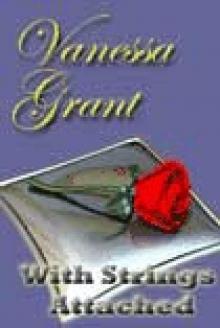 With Strings Attached
With Strings Attached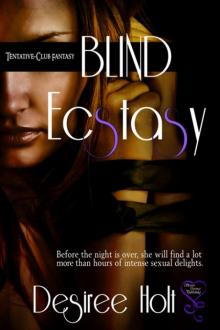 9781618853462BlindEcstasyHoltNC
9781618853462BlindEcstasyHoltNC Girl Friday
Girl Friday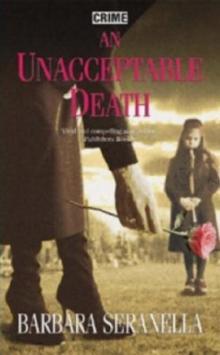 An Unacceptable Death - Barbara Seranella
An Unacceptable Death - Barbara Seranella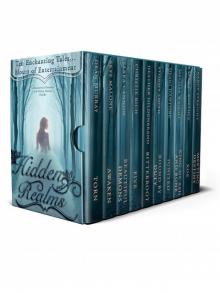 Hidden Realms
Hidden Realms Last Night Another Soldier
Last Night Another Soldier The Worst Witch to the Rescue
The Worst Witch to the Rescue Immortal of Darkness
Immortal of Darkness the eye of the tiger
the eye of the tiger The Last Illusion
The Last Illusion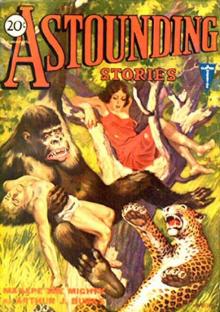 June 1931
June 1931 Taming Her Italian Boss
Taming Her Italian Boss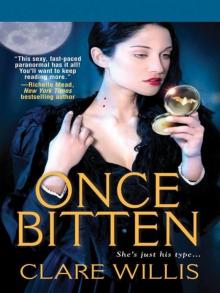 Once Bitten - Clare Willis
Once Bitten - Clare Willis 9781618852014TheSpaceCougarsCadetPierce
9781618852014TheSpaceCougarsCadetPierce Pulp Fiction | The Invisibility Affair by Thomas Stratton
Pulp Fiction | The Invisibility Affair by Thomas Stratton TrustMe
TrustMe White Is for Witching
White Is for Witching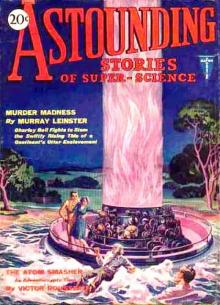 May 1930
May 1930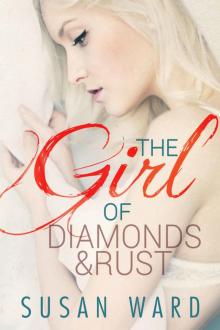 The Girl of Diamonds and Rust (The Half Shell Series Book 3)
The Girl of Diamonds and Rust (The Half Shell Series Book 3) DropZone
DropZone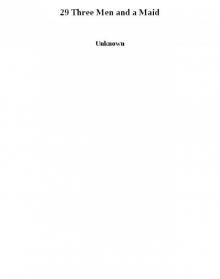 29 Three Men and a Maid
29 Three Men and a Maid bc-1010_mother_in_bondage_paul_gable_
bc-1010_mother_in_bondage_paul_gable_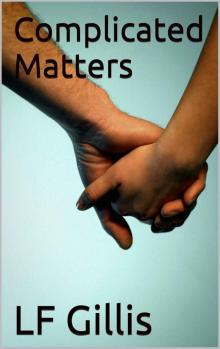 Complicated Matters
Complicated Matters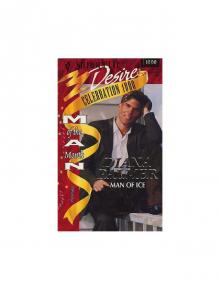 Untitled0
Untitled0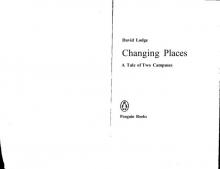 changing-places-david-lodge
changing-places-david-lodge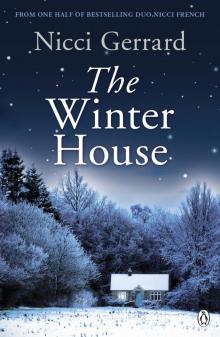 The Winter House
The Winter House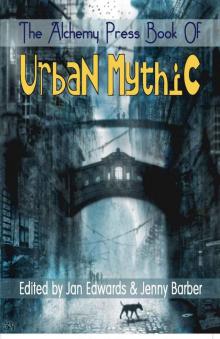 The Alchemy Press Book of Urban Mythic
The Alchemy Press Book of Urban Mythic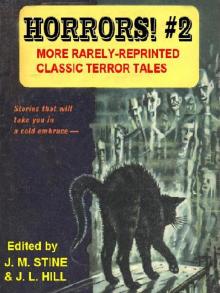 HORRORS! #2 More Rarely Reprinted Classic Terror Tales
HORRORS! #2 More Rarely Reprinted Classic Terror Tales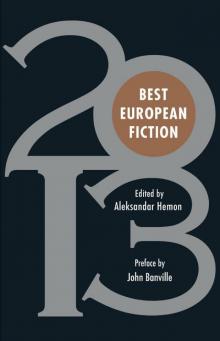 Best European Fiction 2013
Best European Fiction 2013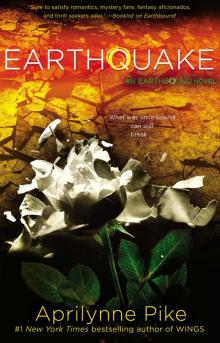 Earthquake
Earthquake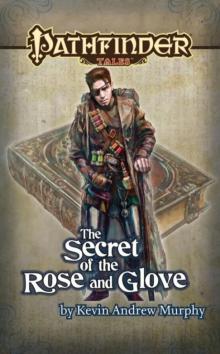 The Secret of the Rose and Glove
The Secret of the Rose and Glove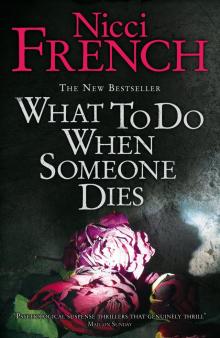 What to Do When Someone Dies
What to Do When Someone Dies Amy Sumida - Tracing Thunder (The Godhunter Series Book 13)
Amy Sumida - Tracing Thunder (The Godhunter Series Book 13)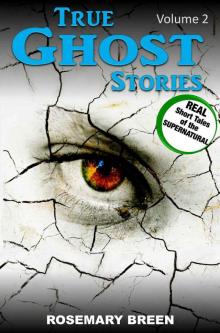 True Ghost Stories: Real Accounts of Death and Dying, Grief and Bereavement, Soulmates and Heaven, Near Death Experiences, and Other Paranormal Mysteries (The Supernatural Book Series: Volume 2)
True Ghost Stories: Real Accounts of Death and Dying, Grief and Bereavement, Soulmates and Heaven, Near Death Experiences, and Other Paranormal Mysteries (The Supernatural Book Series: Volume 2) Manage Me (Taven's Circus Book 1)
Manage Me (Taven's Circus Book 1) 9781618850638IfOnlyYouKnewBergman
9781618850638IfOnlyYouKnewBergman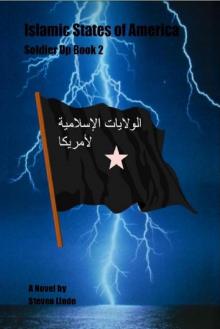 Islamic States of America (Soldier Up Book 2)
Islamic States of America (Soldier Up Book 2)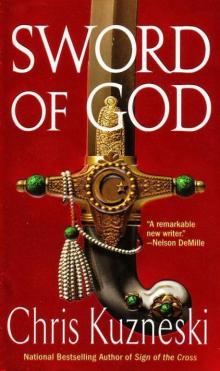 book
book Another World
Another World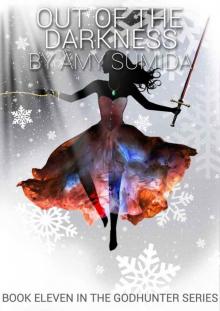 Amy Sumida - Out of the Darkness (The Godhunter Book 11)
Amy Sumida - Out of the Darkness (The Godhunter Book 11) The Rainbow Pool
The Rainbow Pool The Pantheon: From Antiquity to the Present
The Pantheon: From Antiquity to the Present 2012-12-Thieves Vinegar
2012-12-Thieves Vinegar in0
in0 Wolf's Bane: Book Three of the Demimonde
Wolf's Bane: Book Three of the Demimonde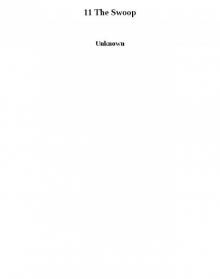 11 The Swoop
11 The Swoop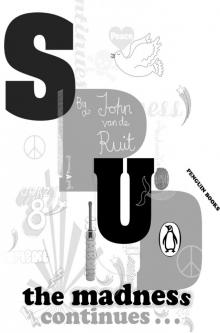 Spud
Spud Urban Legend
Urban Legend 01
01 Taking Whatever He Wants: The Cline Brothers of Colorado
Taking Whatever He Wants: The Cline Brothers of Colorado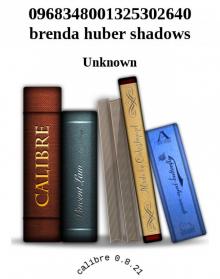 0968348001325302640 brenda huber shadows
0968348001325302640 brenda huber shadows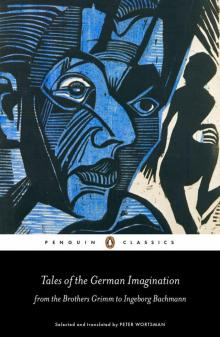 Tales of the German Imagination from the Brothers Grimm to Ingeborg Bachmann (Penguin Classics)
Tales of the German Imagination from the Brothers Grimm to Ingeborg Bachmann (Penguin Classics) AccidentalVoyeur
AccidentalVoyeur Dark Delicacies II: Fear; More Original Tales of Terror and the Macabre by the World's Greatest Horror Writers
Dark Delicacies II: Fear; More Original Tales of Terror and the Macabre by the World's Greatest Horror Writers A. Zavarelli - Stutter (Bleeding Hearts Book 2)
A. Zavarelli - Stutter (Bleeding Hearts Book 2)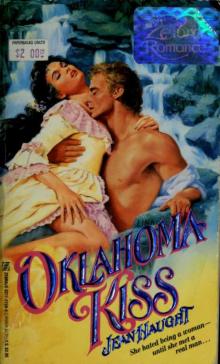 Oklahoma kiss
Oklahoma kiss Born To Be Wild
Born To Be Wild Catching Haley (Falling for Bentley Book 2)
Catching Haley (Falling for Bentley Book 2) BeneathCeaselessSkies Issue002
BeneathCeaselessSkies Issue002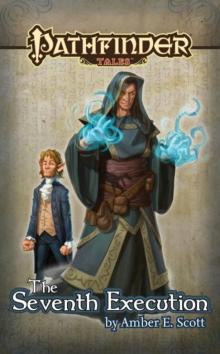 The Seventh Execution
The Seventh Execution Simply Beautiful
Simply Beautiful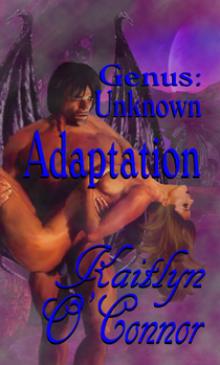 Adaptation Part Two
Adaptation Part Two The Way of the Dragon
The Way of the Dragon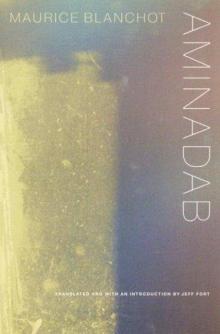 Aminadab 0803213131
Aminadab 0803213131 9781622661848 EPUB
9781622661848 EPUB Pulp Fiction | The Cat and Mouse Affair (August 1966)
Pulp Fiction | The Cat and Mouse Affair (August 1966)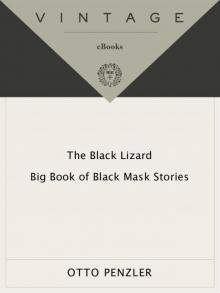 The Black Lizard Big Book of Black Mask Stories (Vintage Crime/Black Lizard Original)
The Black Lizard Big Book of Black Mask Stories (Vintage Crime/Black Lizard Original)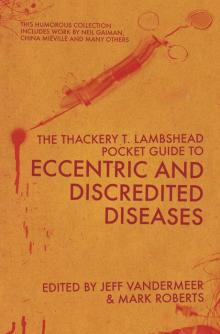 The Thackery T Lambshead Pocket Guide To Eccentric & Discredited Diseases
The Thackery T Lambshead Pocket Guide To Eccentric & Discredited Diseases 9781618853011NoHoldsBarredChelcee
9781618853011NoHoldsBarredChelcee Ruth Ann Scott - Alien Romance - Saved By An Alien
Ruth Ann Scott - Alien Romance - Saved By An Alien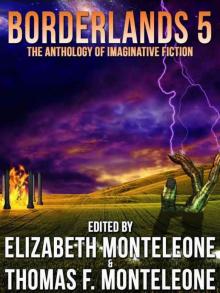 Borderlands 5
Borderlands 5 Susan Hatler - Just One Kiss (Kissed by the Bay Book 3)
Susan Hatler - Just One Kiss (Kissed by the Bay Book 3)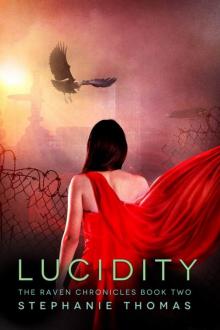 Stephanie Thomas - Lucidity
Stephanie Thomas - Lucidity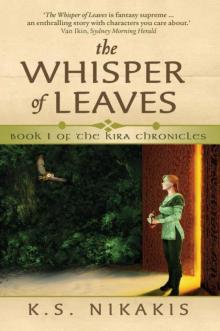 Whisper of Leaves
Whisper of Leaves Charity's Warrior
Charity's Warrior Nine Months to Change His Life
Nine Months to Change His Life Surrendered: A Collection of Five Works
Surrendered: A Collection of Five Works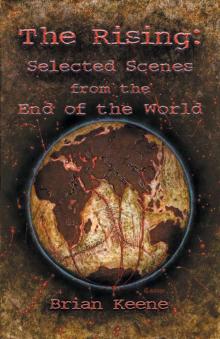 book_template2.qxd
book_template2.qxd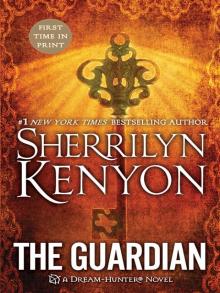 Guardian
Guardian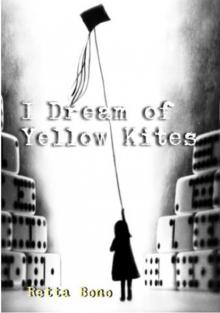 I Dream of Yellow Kites: What if it was all just a nightmare?
I Dream of Yellow Kites: What if it was all just a nightmare? Delilah Devlin - Sm{B}itten (Night Fall #1)
Delilah Devlin - Sm{B}itten (Night Fall #1) BeneathCeaselessSkies Issue004
BeneathCeaselessSkies Issue004 Body Heat
Body Heat J.Rihards - An Agitated Gentleman (The Submission Series #2)
J.Rihards - An Agitated Gentleman (The Submission Series #2)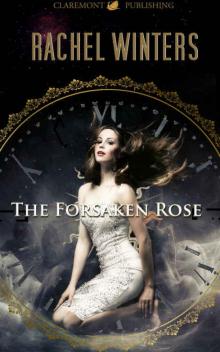 The Forsaken Rose: (Clean Young Adult, Fantasy Romance) (Rose Belmont Series)
The Forsaken Rose: (Clean Young Adult, Fantasy Romance) (Rose Belmont Series) Johnny Dash and the Doral Flower (Johhny Dash Series Book 1)
Johnny Dash and the Doral Flower (Johhny Dash Series Book 1) BeneathCeaselessSkies_Issue011
BeneathCeaselessSkies_Issue011 Change of Heart by Jack Allen
Change of Heart by Jack Allen Arnica Butler - Well-Constructed Affairs
Arnica Butler - Well-Constructed Affairs Marie Force - And I Love You (Green Mountain #4)
Marie Force - And I Love You (Green Mountain #4)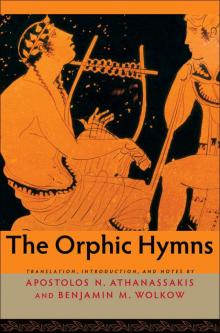 The Orphic Hymns
The Orphic Hymns Perfect Personality Profiles
Perfect Personality Profiles William F. Nolan - Logan's Run Trilogy (v4.1)
William F. Nolan - Logan's Run Trilogy (v4.1) o ca77aeec6e4cf556
o ca77aeec6e4cf556 HisHumanCow
HisHumanCow BeneathCeaselessSkies Issue010
BeneathCeaselessSkies Issue010 Tampa Black: Part !
Tampa Black: Part ! Ruby's Song (Love in the Sierras Book 3)
Ruby's Song (Love in the Sierras Book 3)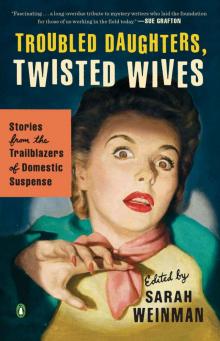 Troubled Daughters, Twisted Wives: Stories from the Trailblazers of Domestic Suspense
Troubled Daughters, Twisted Wives: Stories from the Trailblazers of Domestic Suspense The Bonedust Dolls
The Bonedust Dolls GodOfWar05152014aLLROMANCE
GodOfWar05152014aLLROMANCE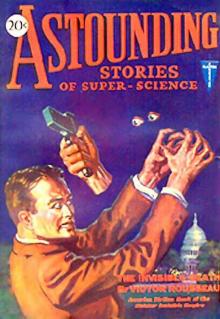 October 1930
October 1930 Bright Fires Burn Fastest
Bright Fires Burn Fastest March 1931
March 1931 Pulp Fiction | The Finger in the Sky Affair by Peter Leslie
Pulp Fiction | The Finger in the Sky Affair by Peter Leslie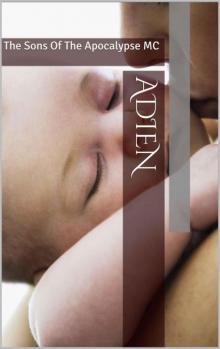 Adien: The Sons Of The Apocalypse MC
Adien: The Sons Of The Apocalypse MC The Mao Case
The Mao Case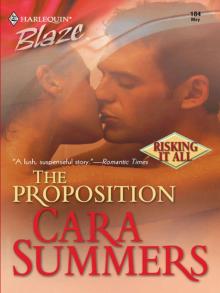 Microsoft Word - Documento1
Microsoft Word - Documento1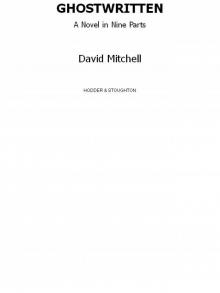 Ghostwritten
Ghostwritten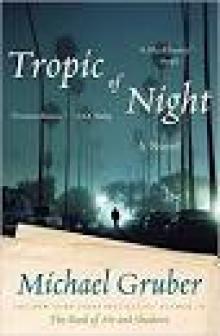 Tropic of Night
Tropic of Night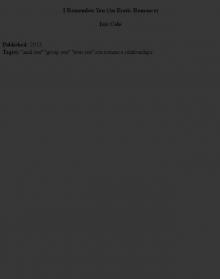 I Remember You (An Erotic Romance) - Isis Cole
I Remember You (An Erotic Romance) - Isis Cole StealingFireCalibre
StealingFireCalibre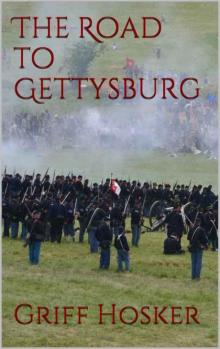 B00HSFFI1Q EBOK
B00HSFFI1Q EBOK Her Love Lost (Love Shattered Series Book 1)
Her Love Lost (Love Shattered Series Book 1) storm
storm Can’t Never Tell
Can’t Never Tell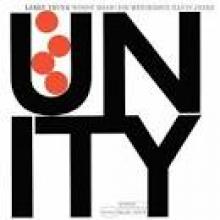 4221 words
4221 words dontjudge06242014aRe
dontjudge06242014aRe My Lord Beaumont
My Lord Beaumont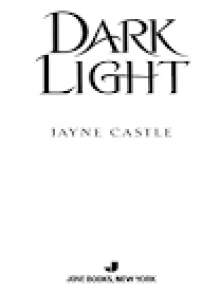 Gagliano,Anthony - Straits of Fortune.wps
Gagliano,Anthony - Straits of Fortune.wps DreamDatewiththeMillionaire
DreamDatewiththeMillionaire i de1359f7e9a78273
i de1359f7e9a78273 The Blind Side of the Heart
The Blind Side of the Heart Pleasure 2035
Pleasure 2035![Bobby Hutchinson - [Emergency 01] - Side Effects (HSR 723).htm Read online](http://i1.bookreadfree.com/i2/04/05/bobby_hutchinson_-_emergency_01_-_side_effects_hsr_723_htm_preview.jpg) Bobby Hutchinson - [Emergency 01] - Side Effects (HSR 723).htm
Bobby Hutchinson - [Emergency 01] - Side Effects (HSR 723).htm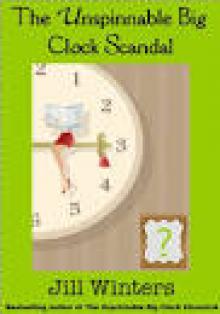 The Unprintable Big Clock Chronicle
The Unprintable Big Clock Chronicle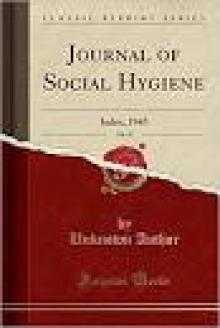 index
index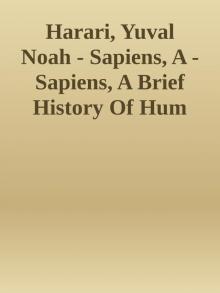 Harari, Yuval Noah - Sapiens, A - Sapiens, A Brief History Of Hum
Harari, Yuval Noah - Sapiens, A - Sapiens, A Brief History Of Hum Lend Me Your Ears: Great Speeches in History
Lend Me Your Ears: Great Speeches in History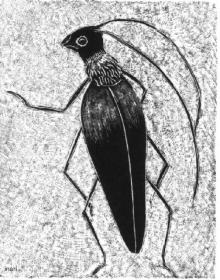 Tainaron - Mail from another city
Tainaron - Mail from another city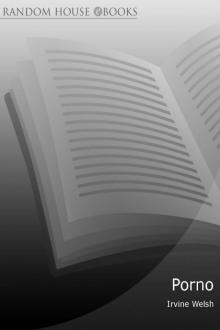 Porno
Porno Doctor Who - The Silent Stars Go By
Doctor Who - The Silent Stars Go By Highland Shifters: A Paranormal Romance Boxed Set
Highland Shifters: A Paranormal Romance Boxed Set Diary of a Vampeen: Vamp Yourself for War
Diary of a Vampeen: Vamp Yourself for War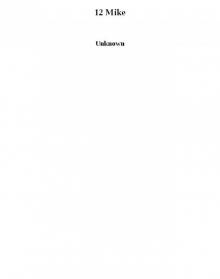 12 Mike
12 Mike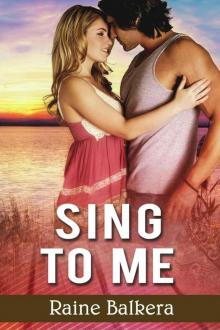 Sing to Me
Sing to Me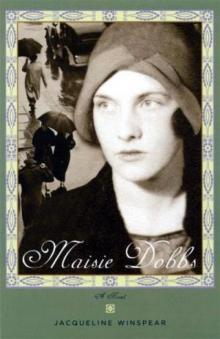 B001GAQ55C_EBOK.prc
B001GAQ55C_EBOK.prc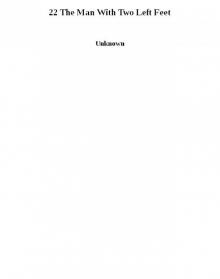 22 The Man With Two Left Feet
22 The Man With Two Left Feet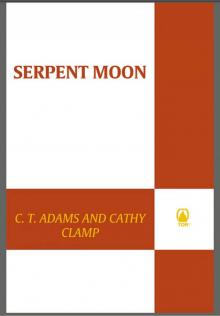 Serpent Moon
Serpent Moon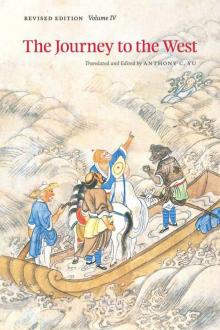 The Journey to the West, Revised Edition, Volume 4
The Journey to the West, Revised Edition, Volume 4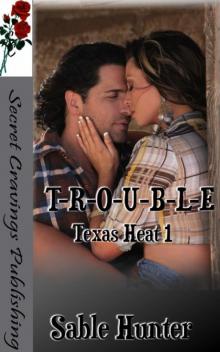 9781618850034TroubleHunter
9781618850034TroubleHunter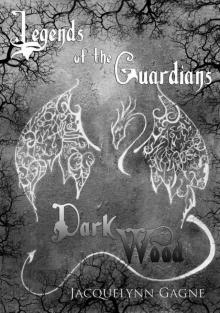 Dark Wood: Legends of the Guardians
Dark Wood: Legends of the Guardians Abduction Revelation II: Truth Be Told (The Comeback Kid)
Abduction Revelation II: Truth Be Told (The Comeback Kid) Pulp Fiction | The Hollow Crown Affair by David McDaniel
Pulp Fiction | The Hollow Crown Affair by David McDaniel Black Corner
Black Corner Hawkmoon (The Hawkmoon Chronicles)
Hawkmoon (The Hawkmoon Chronicles) 2012-11-Killing Time
2012-11-Killing Time Blood and Money
Blood and Money Pulp Fiction | The Synthetic Storm Affair (May 1967)
Pulp Fiction | The Synthetic Storm Affair (May 1967)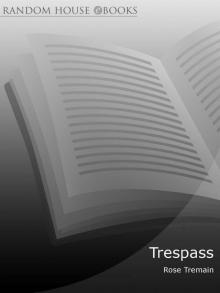 Trespass
Trespass The Barrier: The Teorran of Time: Teen Fantasy Action Adventure Novel
The Barrier: The Teorran of Time: Teen Fantasy Action Adventure Novel Quarterback Sneak
Quarterback Sneak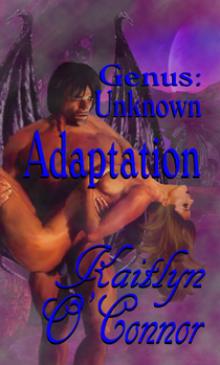 Adaptation Part One
Adaptation Part One amonthwithpub
amonthwithpub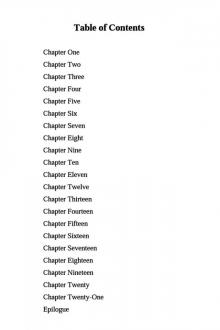 Waltz This Way
Waltz This Way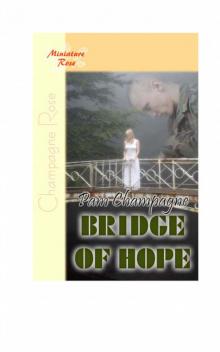 BOH 8-21-07 (00178434).DOC
BOH 8-21-07 (00178434).DOC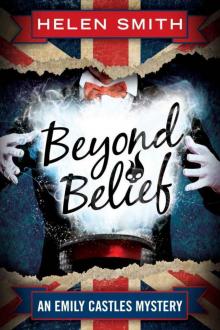 Helen Smith - Beyond Belief (Emily Castles #4)
Helen Smith - Beyond Belief (Emily Castles #4) tmp0
tmp0 BeneathCeaselessSkies Issue009
BeneathCeaselessSkies Issue009![The Politeness of Princes (The Politeness of Princes [1905]; Shields' and the Cricket Cup [1905]; An International Affair [1905]; The Guardian [1908]; A Corner in Lines [1905]; The Autograph Hunte Read online](http://i1.bookreadfree.com/i2/04/11/the_politeness_of_princes_the_politeness_of_pr_a_corner_in_lines_1905_the_autograph_hunte_preview.jpg) The Politeness of Princes (The Politeness of Princes [1905]; Shields' and the Cricket Cup [1905]; An International Affair [1905]; The Guardian [1908]; A Corner in Lines [1905]; The Autograph Hunte
The Politeness of Princes (The Politeness of Princes [1905]; Shields' and the Cricket Cup [1905]; An International Affair [1905]; The Guardian [1908]; A Corner in Lines [1905]; The Autograph Hunte Do or Die Reluctant Heroes
Do or Die Reluctant Heroes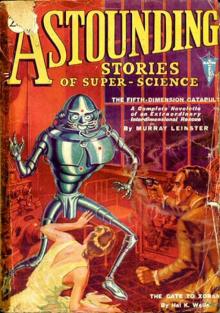 January 1931
January 1931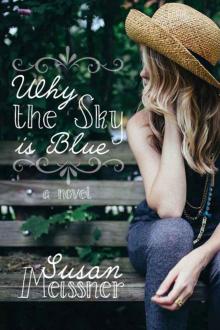 Susan Meissner - Why the Sky Is Blue
Susan Meissner - Why the Sky Is Blue B005H8M8UA EBOK
B005H8M8UA EBOK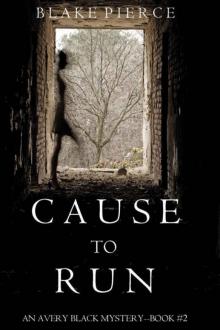 cause to run an avery black my
cause to run an avery black my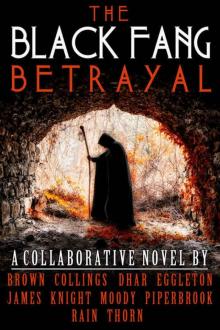 B00N1384BU EBOK
B00N1384BU EBOK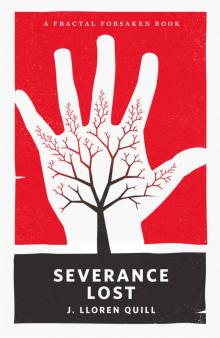 Severance Lost (Fractal Forsaken Series Book 1)
Severance Lost (Fractal Forsaken Series Book 1) Thrity Umrigar - First Darling of the Morning (mobi)
Thrity Umrigar - First Darling of the Morning (mobi)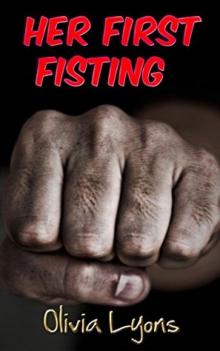 Her First Fisting
Her First Fisting Sophia Hampton - Withdrawal (Satan's Cubs Motorcycle Club Book 2)
Sophia Hampton - Withdrawal (Satan's Cubs Motorcycle Club Book 2) The Best Science Fiction of the Year: 1
The Best Science Fiction of the Year: 1 The Juggler And His Rose
The Juggler And His Rose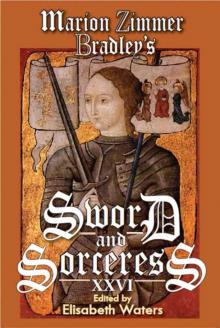 Marion Zimmer Bradley's Sword and Sorceress XXVI
Marion Zimmer Bradley's Sword and Sorceress XXVI Love Lust
Love Lust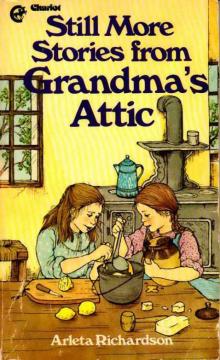 PIECES OF LAUGHTER AND FUN
PIECES OF LAUGHTER AND FUN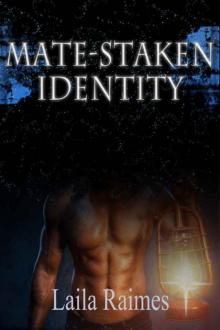 B00S79KYL6 EBOK
B00S79KYL6 EBOK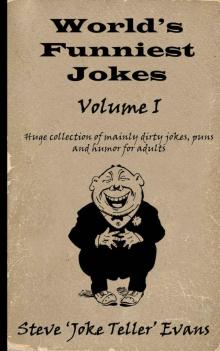 World's Funniest Jokes (Volume I): Huge Collection of mainly dirty jokes, puns and humor for adults
World's Funniest Jokes (Volume I): Huge Collection of mainly dirty jokes, puns and humor for adults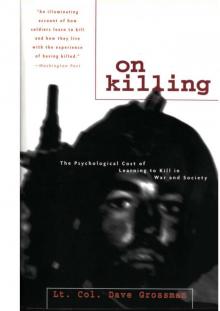 On killing
On killing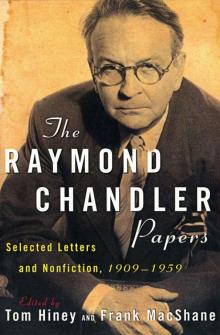 The Raymond Chandler Papers: Selected Letters and Nonfiction 1909-1959
The Raymond Chandler Papers: Selected Letters and Nonfiction 1909-1959 Retaliation (The Assassins Book 1)
Retaliation (The Assassins Book 1)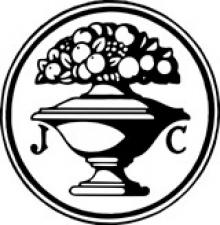 Enduring Love
Enduring Love B00F9G4R1S EBOK
B00F9G4R1S EBOK 9781618850478TwoForThePriceOfOneSullivan
9781618850478TwoForThePriceOfOneSullivan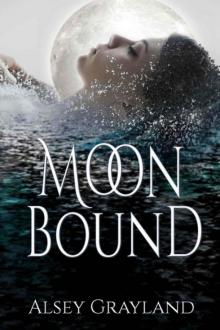 Moon Bound (Glorious Darkness Book 1)
Moon Bound (Glorious Darkness Book 1) A Silence in the Heavens
A Silence in the Heavens Rogue Oracle
Rogue Oracle Guns of Alkenstar
Guns of Alkenstar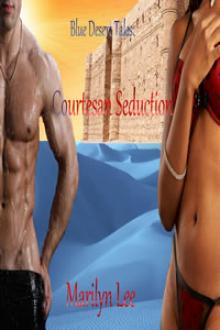 CourtesanTales Masterfile
CourtesanTales Masterfile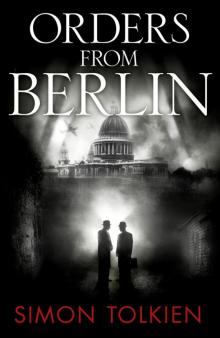 Orders from Berlin
Orders from Berlin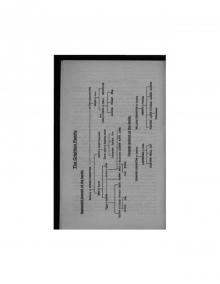 The Perfect Match
The Perfect Match Thea Frost - What His Darkness Reveals 04
Thea Frost - What His Darkness Reveals 04 September 1930
September 1930 Portia Moore - He Lived Next Door
Portia Moore - He Lived Next Door Pulp Fiction | The Vampire Affair by David McDaniel
Pulp Fiction | The Vampire Affair by David McDaniel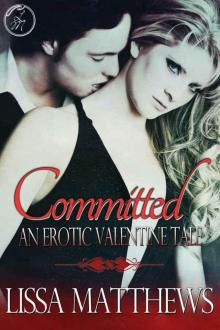 Committed: An Erotic Valentine's Tale
Committed: An Erotic Valentine's Tale![Death At The Excelsior (Death at the Excelsior [1914]; Misunderstood [1910]; The Best Sauce [1911]; Jeeves and the Chump Cyril [1918]; Jeeves in the Springtime [1921]; Concealed Art [1915]; The Te Read online](http://i1.bookreadfree.com/i2/04/10/death_at_the_excelsior_death_at_the_excelsior_springtime_1921_concealed_art_1915_the_te_preview.jpg) Death At The Excelsior (Death at the Excelsior [1914]; Misunderstood [1910]; The Best Sauce [1911]; Jeeves and the Chump Cyril [1918]; Jeeves in the Springtime [1921]; Concealed Art [1915]; The Te
Death At The Excelsior (Death at the Excelsior [1914]; Misunderstood [1910]; The Best Sauce [1911]; Jeeves and the Chump Cyril [1918]; Jeeves in the Springtime [1921]; Concealed Art [1915]; The Te Selena Kitt - Gavin (Stepbrother Studs)
Selena Kitt - Gavin (Stepbrother Studs) Tiredness Kills - A Zombie Tale
Tiredness Kills - A Zombie Tale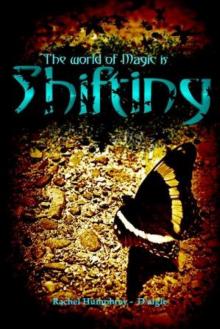 Shifting
Shifting Loser's Town
Loser's Town Thalia Lake - Choosey Lovers
Thalia Lake - Choosey Lovers The Savage Altar
The Savage Altar German Cooking Today
German Cooking Today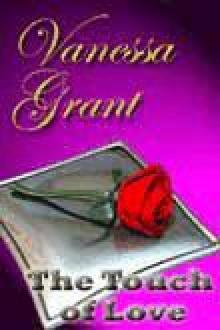 The Touch of Love
The Touch of Love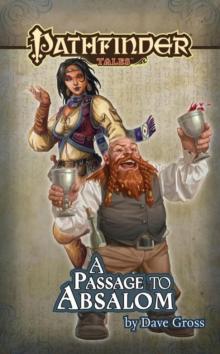 A Passage to Absalom
A Passage to Absalom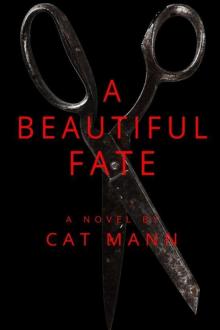 A Beautiful Fate
A Beautiful Fate B071NZPNXN EBOK
B071NZPNXN EBOK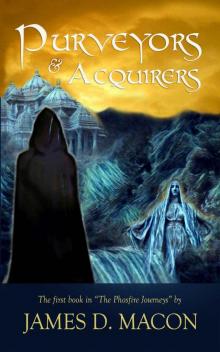 Purveyors and Acquirers (The Phosfire Journeys Book 1)
Purveyors and Acquirers (The Phosfire Journeys Book 1)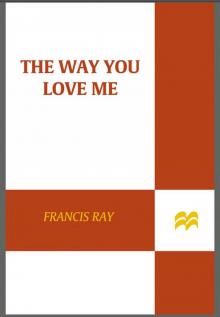 The Way You Love Me
The Way You Love Me Burned
Burned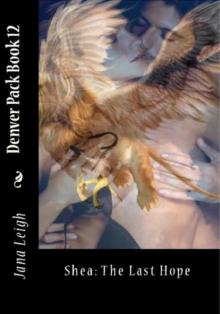 Microsoft Word - Book 12 FINAL
Microsoft Word - Book 12 FINAL Microsoft Word - TheEx-FactorFinal.docx
Microsoft Word - TheEx-FactorFinal.docx Amazing Stories 88th Anniversary Issue: Amazing Stories April 2014
Amazing Stories 88th Anniversary Issue: Amazing Stories April 2014 BeneathCeaselessSkies Issue006
BeneathCeaselessSkies Issue006 Charlene Hartnady - Stolen by the Alpha Wolf 3# (Determined Theft)
Charlene Hartnady - Stolen by the Alpha Wolf 3# (Determined Theft) UNTOUCHABLE
UNTOUCHABLE Family Storms
Family Storms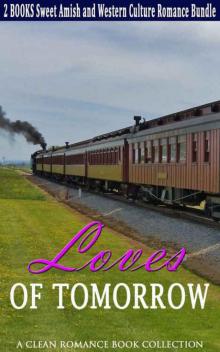 Clean Romance: Loves of Tomorrow (Contemporary New Adult and College Amish Western Culture Romance) (Urban Power of Love Billionaire Western Collection Time Travel Short Stories)
Clean Romance: Loves of Tomorrow (Contemporary New Adult and College Amish Western Culture Romance) (Urban Power of Love Billionaire Western Collection Time Travel Short Stories) Pulp Fiction | The Goliath Affair (December 1966)
Pulp Fiction | The Goliath Affair (December 1966) Love and Punishment
Love and Punishment Won't Back Down: Won't Back Down
Won't Back Down: Won't Back Down von Willegen, Therése - Tainted Love (Siren Publishing Classic)
von Willegen, Therése - Tainted Love (Siren Publishing Classic) Broken
Broken The Fighter's Girl
The Fighter's Girl Watching You: KJ Elite Inc.
Watching You: KJ Elite Inc.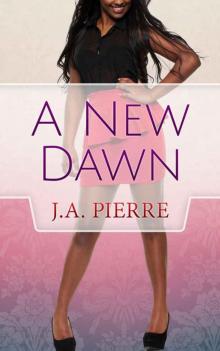 J.A. Pierre - A New Dawn: From Rich Housewife to Suddenly Single
J.A. Pierre - A New Dawn: From Rich Housewife to Suddenly Single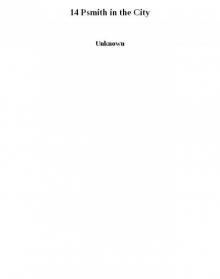 14 Psmith in the City
14 Psmith in the City i 7d341843b82569de
i 7d341843b82569de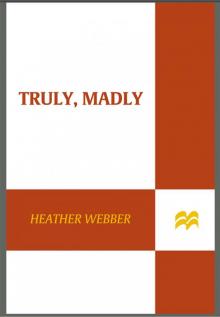 Truly, Madly
Truly, Madly Noble Sacrifice
Noble Sacrifice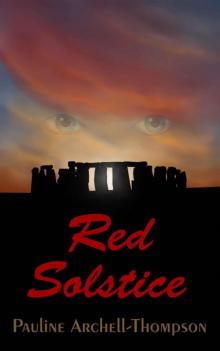 Red Solstice (Alfheim Book 1)
Red Solstice (Alfheim Book 1) Volume 3: Ghost Stories from Texas (Joe Kwon's True Ghost Stories from Around the World)
Volume 3: Ghost Stories from Texas (Joe Kwon's True Ghost Stories from Around the World)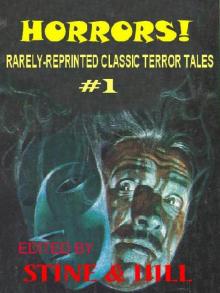 HORRORS!: Rarely-Reprinted Classic Terror Tales
HORRORS!: Rarely-Reprinted Classic Terror Tales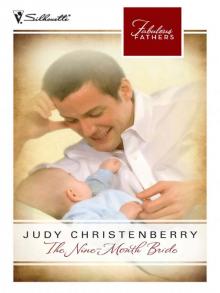 TheNine-MonthBride
TheNine-MonthBride Starfire
Starfire Loving Liza Jane
Loving Liza Jane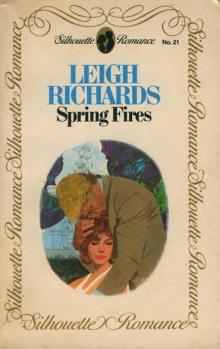 Spring Fires
Spring Fires The Secret Friend
The Secret Friend Last Witness
Last Witness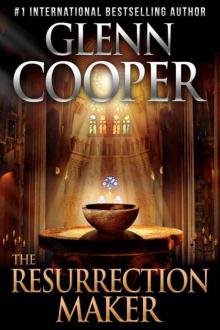 B00OPGSMHI EBOK
B00OPGSMHI EBOK KnightRiderLegacy
KnightRiderLegacy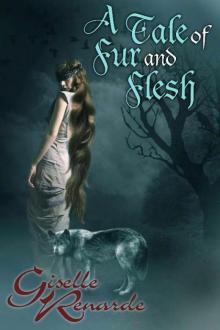 A Tale of Fur and Flesh
A Tale of Fur and Flesh Helen Smith - Real Elves: A Christmas Story (Emily Castles Mysteries #5)
Helen Smith - Real Elves: A Christmas Story (Emily Castles Mysteries #5) A.J. Bennett - Hired Gun #3 (The Sicarii)
A.J. Bennett - Hired Gun #3 (The Sicarii) Red Christmas
Red Christmas The Way Home (Lights of Peril)
The Way Home (Lights of Peril) Ever, Dirk: The Bogarde Letters
Ever, Dirk: The Bogarde Letters The Railway Detective
The Railway Detective Free Fall
Free Fall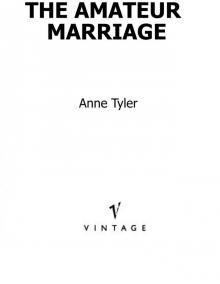 The Amateur Marriage
The Amateur Marriage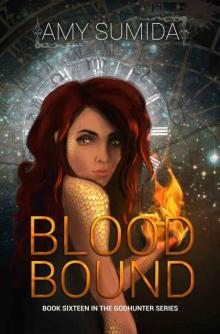 Amy Sumida - Blood Bound (Book 16 in The Godhunter Series)
Amy Sumida - Blood Bound (Book 16 in The Godhunter Series)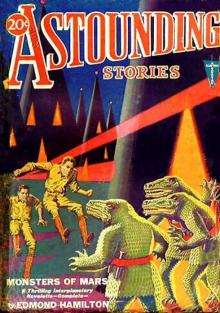 April 1931
April 1931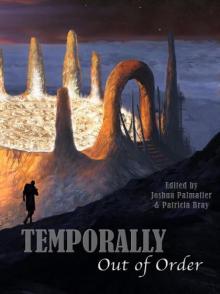 Temporally Out of Order
Temporally Out of Order HALLOWED_GROUND
HALLOWED_GROUND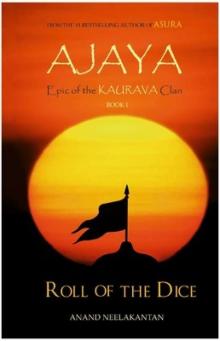 AJAYA I -- Roll of the Dice
AJAYA I -- Roll of the Dice Open File
Open File Addiction (Magnetic Desires Book 2)
Addiction (Magnetic Desires Book 2) Crybbe (AKA Curfew)
Crybbe (AKA Curfew) B00I8BCQ6O EBOK
B00I8BCQ6O EBOK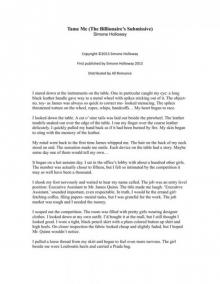 tameallrom
tameallrom i beae453328863969
i beae453328863969 Hecate's Own: Heart's Desire, Book 2
Hecate's Own: Heart's Desire, Book 2 A Life In Blood (Chronicles of The Order Book 1)
A Life In Blood (Chronicles of The Order Book 1)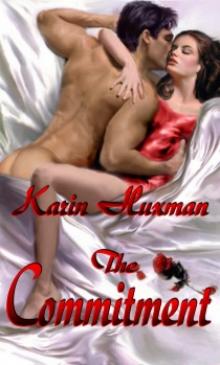 The Commitment
The Commitment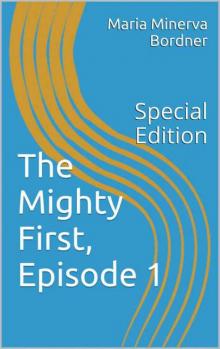 The Mighty First, Episode 1: Special Edition
The Mighty First, Episode 1: Special Edition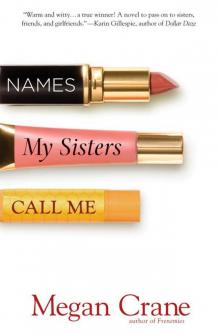 Names My Sisters Call Me
Names My Sisters Call Me Sharon Karaa - A Familiar Problem (Northern Witches #2)
Sharon Karaa - A Familiar Problem (Northern Witches #2)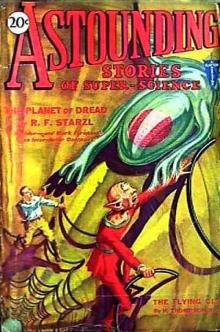 August 1930
August 1930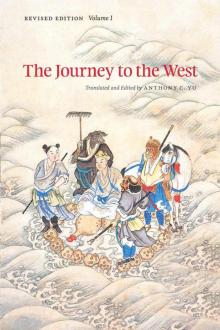 The Journey to the West, Revised Edition, Volume 1
The Journey to the West, Revised Edition, Volume 1 Alexx Andria - A Christmas Promise
Alexx Andria - A Christmas Promise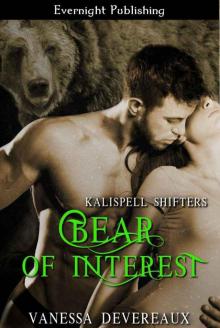 Bear of Interest
Bear of Interest i 5f46cfb4d10d4d86
i 5f46cfb4d10d4d86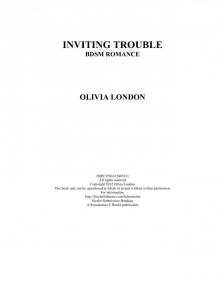 IT
IT Tombstoning
Tombstoning Pulp Fiction | The Howling Teenagers Affair (February 1966)
Pulp Fiction | The Howling Teenagers Affair (February 1966)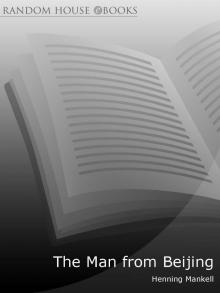 The Man From Beijing
The Man From Beijing So Paddy got up - an Arsenal anthology
So Paddy got up - an Arsenal anthology A Book of Mediterranean Food
A Book of Mediterranean Food Science Fiction Fantasies: Tales and Origins
Science Fiction Fantasies: Tales and Origins Lightning Rod Faces the Cyclops Queen
Lightning Rod Faces the Cyclops Queen Letting Go (A Mitchell Family Series)
Letting Go (A Mitchell Family Series) The Memory Game
The Memory Game Mandy M. Roth - Magic Under Fire (Over a Dozen Tales of Urban Fantasy)
Mandy M. Roth - Magic Under Fire (Over a Dozen Tales of Urban Fantasy) KD Robichaux- Wish he was you (The Blogger Diaries Trilogy Book 2)
KD Robichaux- Wish he was you (The Blogger Diaries Trilogy Book 2) B018YDIXDK EBOK
B018YDIXDK EBOK Julia Mills - Her Dragon's Heart (Dragon Guard Series Book 8)
Julia Mills - Her Dragon's Heart (Dragon Guard Series Book 8)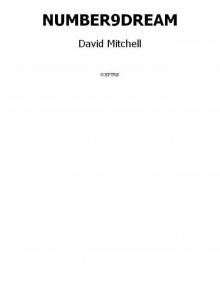 Number9Dream
Number9Dream B00ICVKWMK EBOK
B00ICVKWMK EBOK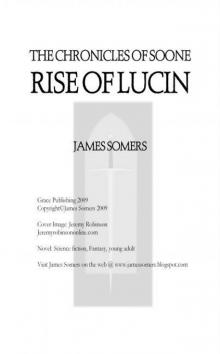 The_Chronicl-_Rise_of_Lucin
The_Chronicl-_Rise_of_Lucin Harcourte Vampyre Society 02 Dangerous Choices
Harcourte Vampyre Society 02 Dangerous Choices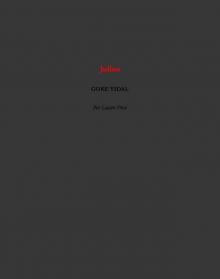 Julian, by Gore Vidal
Julian, by Gore Vidal Amazing Stories 88th Anniversary Issue
Amazing Stories 88th Anniversary Issue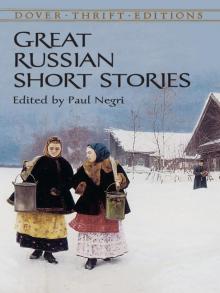 Great Russian Short Stories
Great Russian Short Stories Dizzy
Dizzy The Men of CLE-FD updated
The Men of CLE-FD updated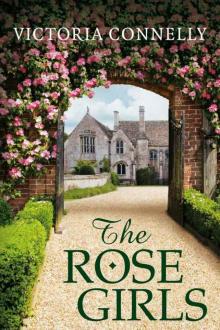 Victoria Connelly - The Rose Girl
Victoria Connelly - The Rose Girl Nine One One
Nine One One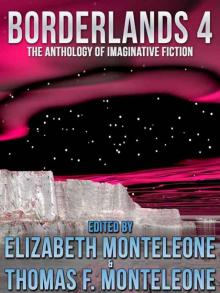 Borderlands 4
Borderlands 4 Change of Fate (The Briar Creek Vampires Series #4)
Change of Fate (The Briar Creek Vampires Series #4) The Treasure of Far Thallai
The Treasure of Far Thallai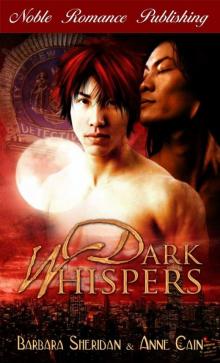 Dark Whispers Sheridan and Cain 2009
Dark Whispers Sheridan and Cain 2009 Charissa Dufour - Misguided Allies (The Void Series Book 2)
Charissa Dufour - Misguided Allies (The Void Series Book 2) Complete Works of J. M. Barrie
Complete Works of J. M. Barrie With Our Dying Breath
With Our Dying Breath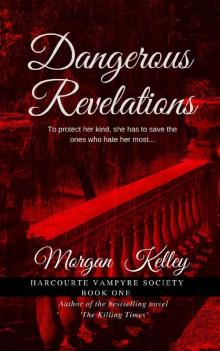 Harcourte Vampyre Society 01 Dangerous Revelations
Harcourte Vampyre Society 01 Dangerous Revelations BootyARe05202014
BootyARe05202014